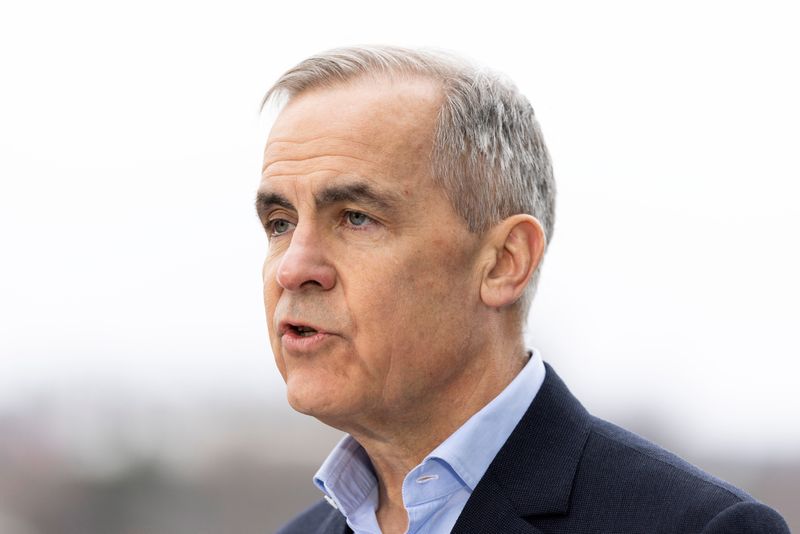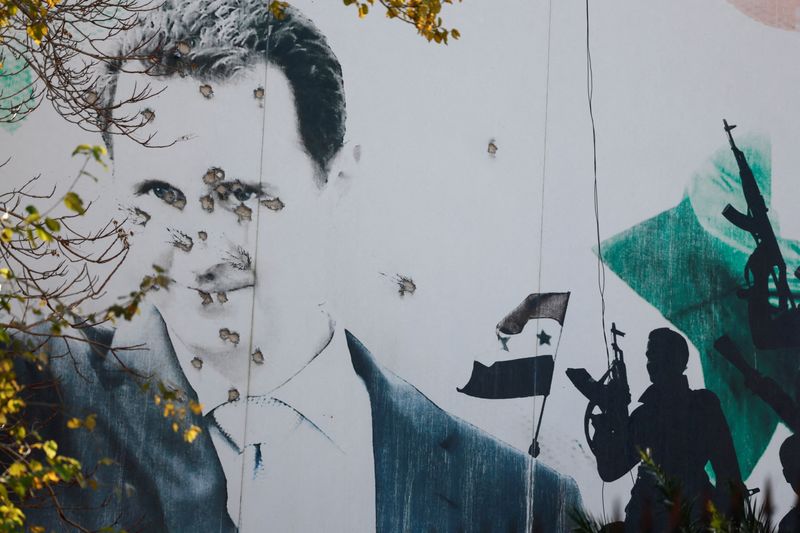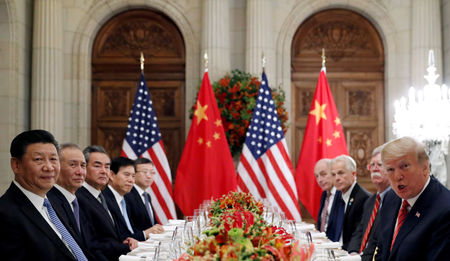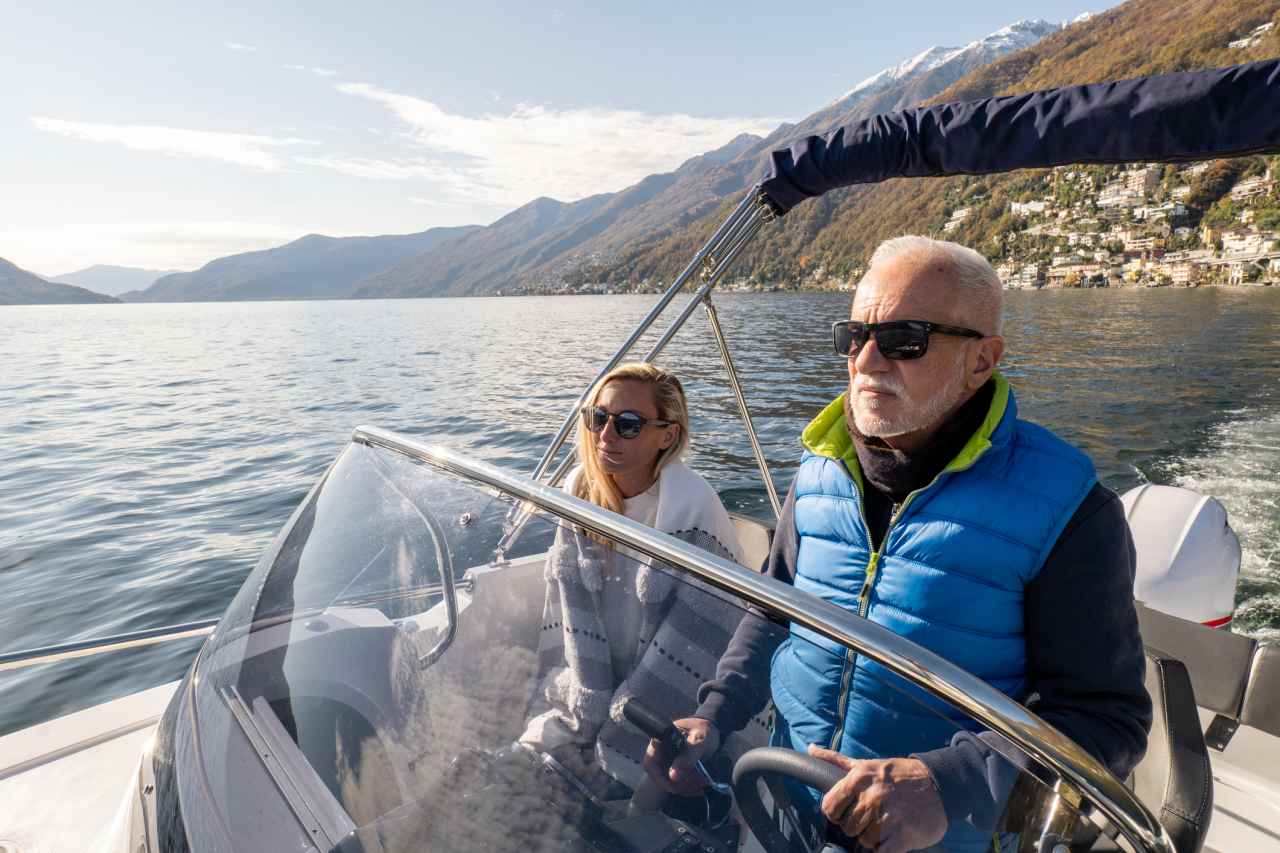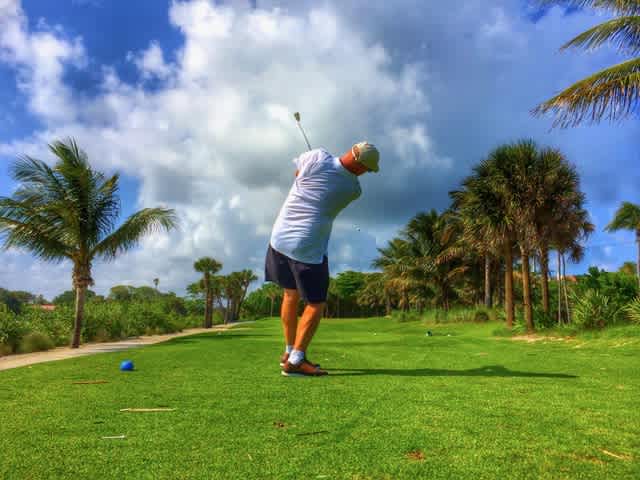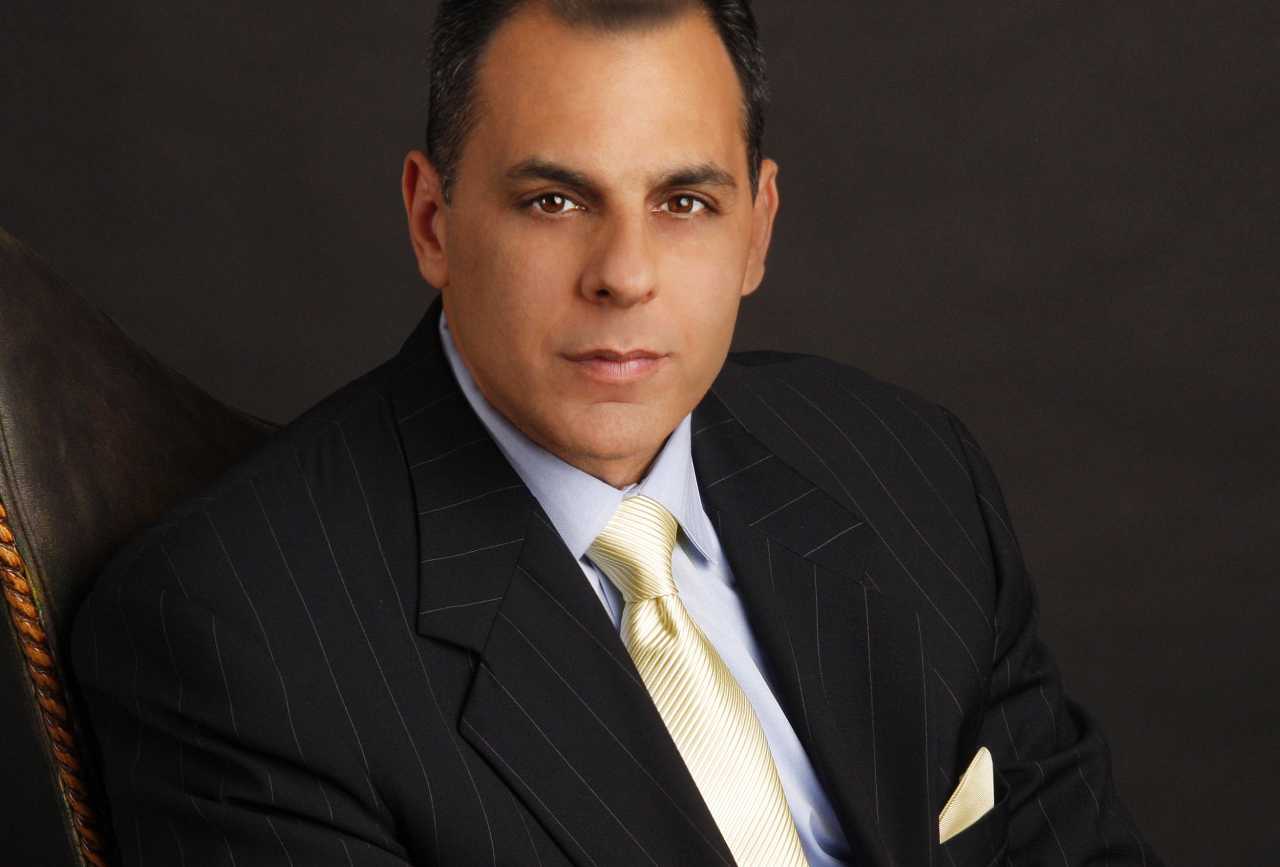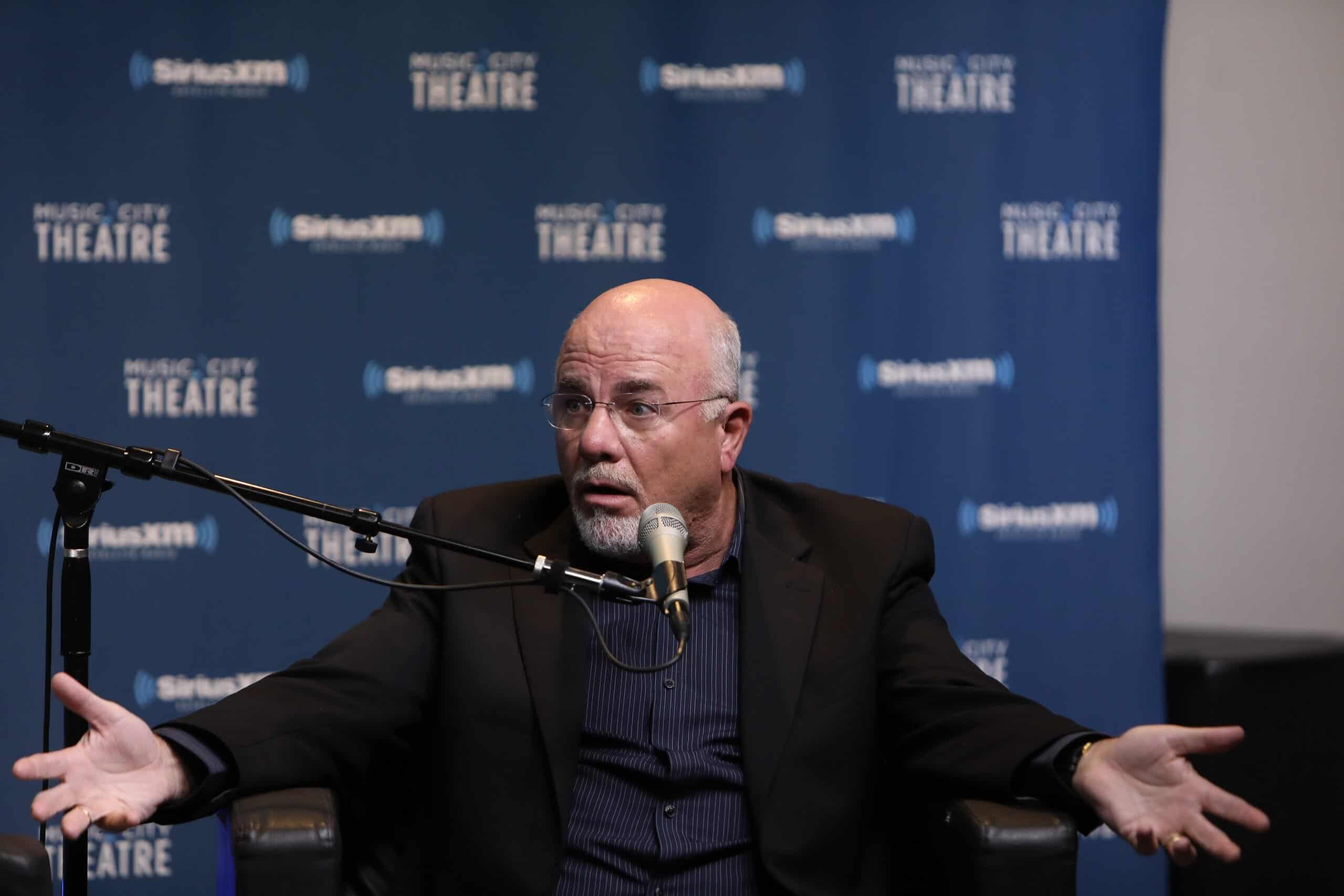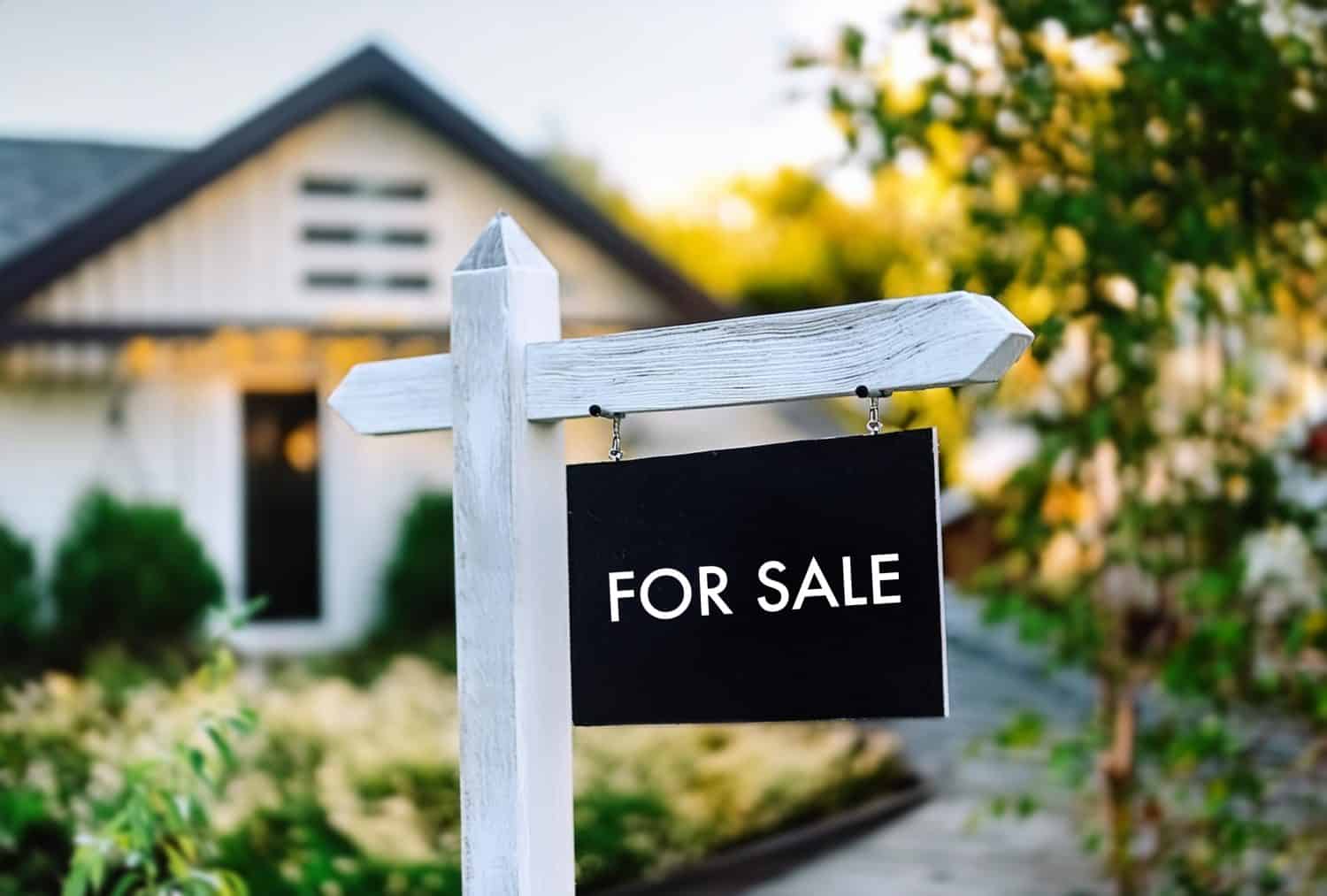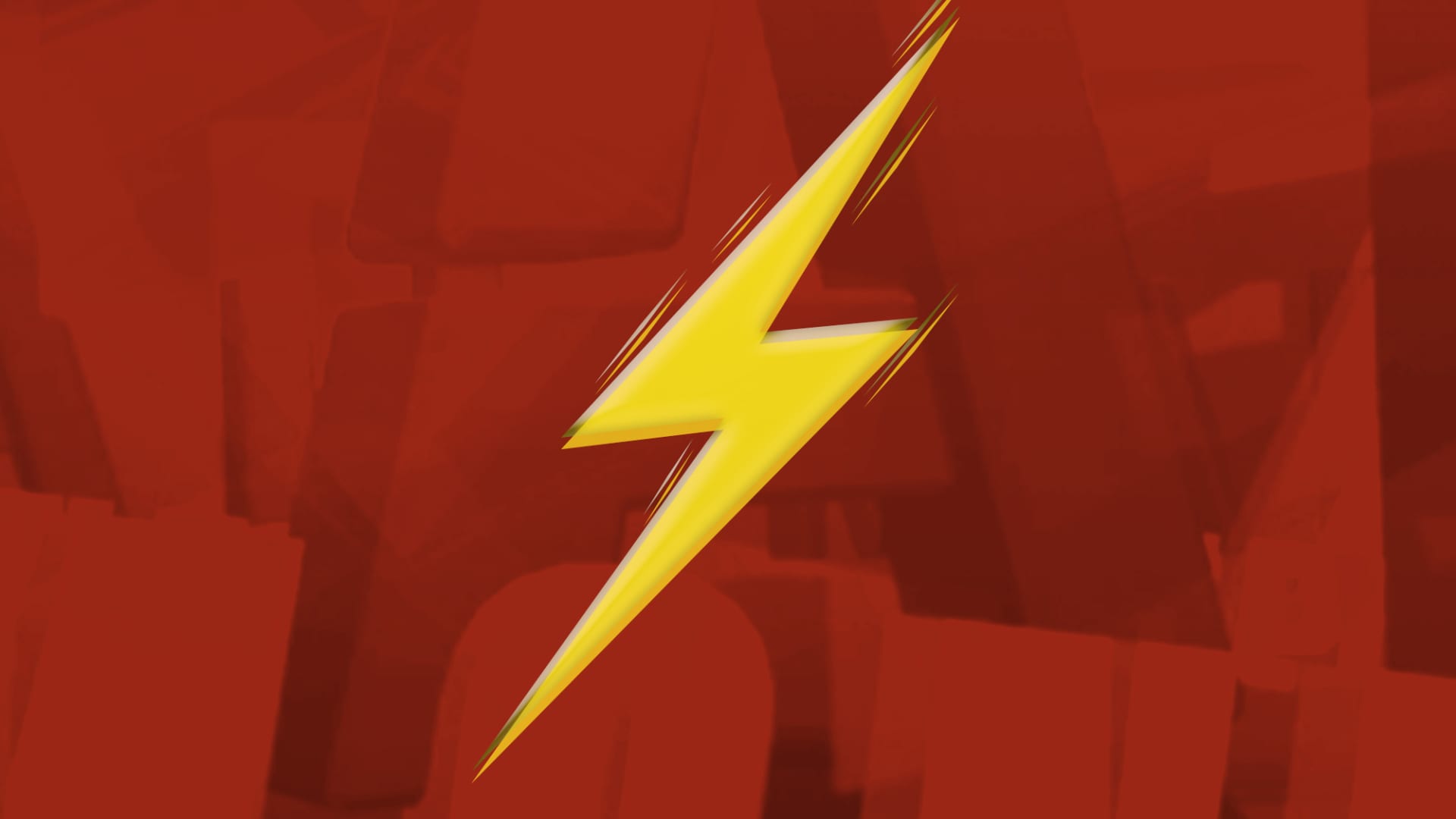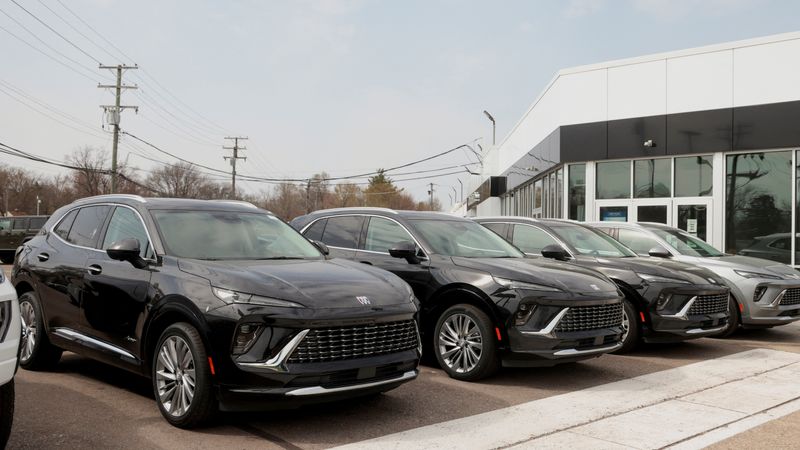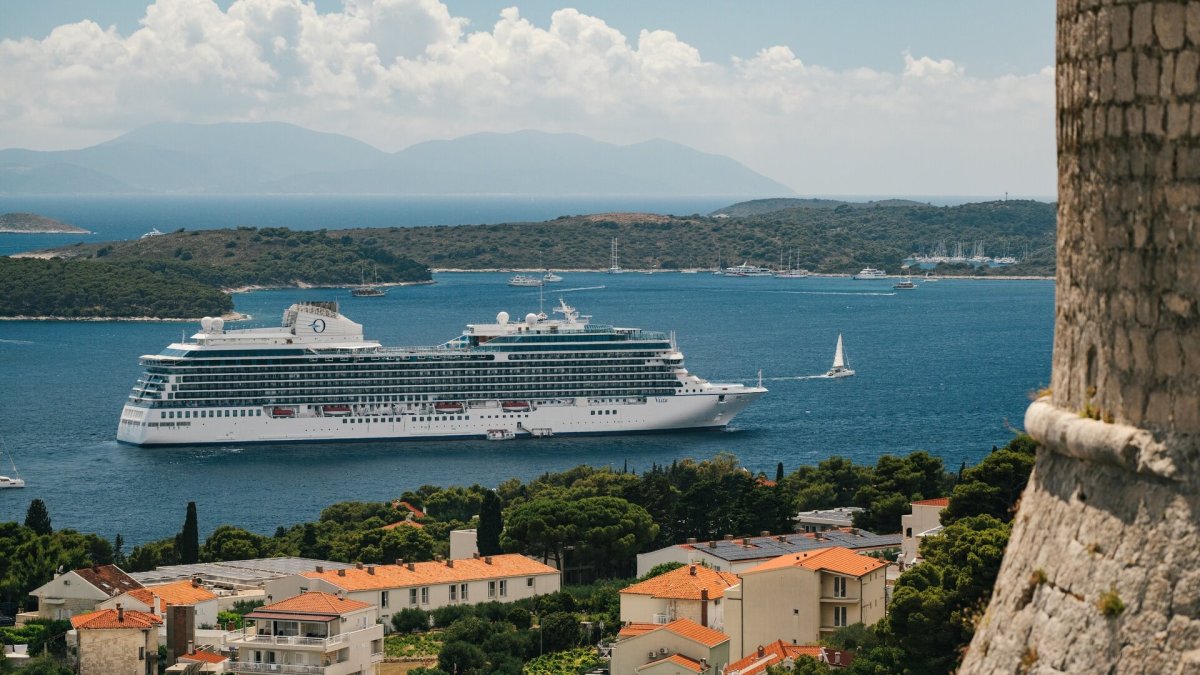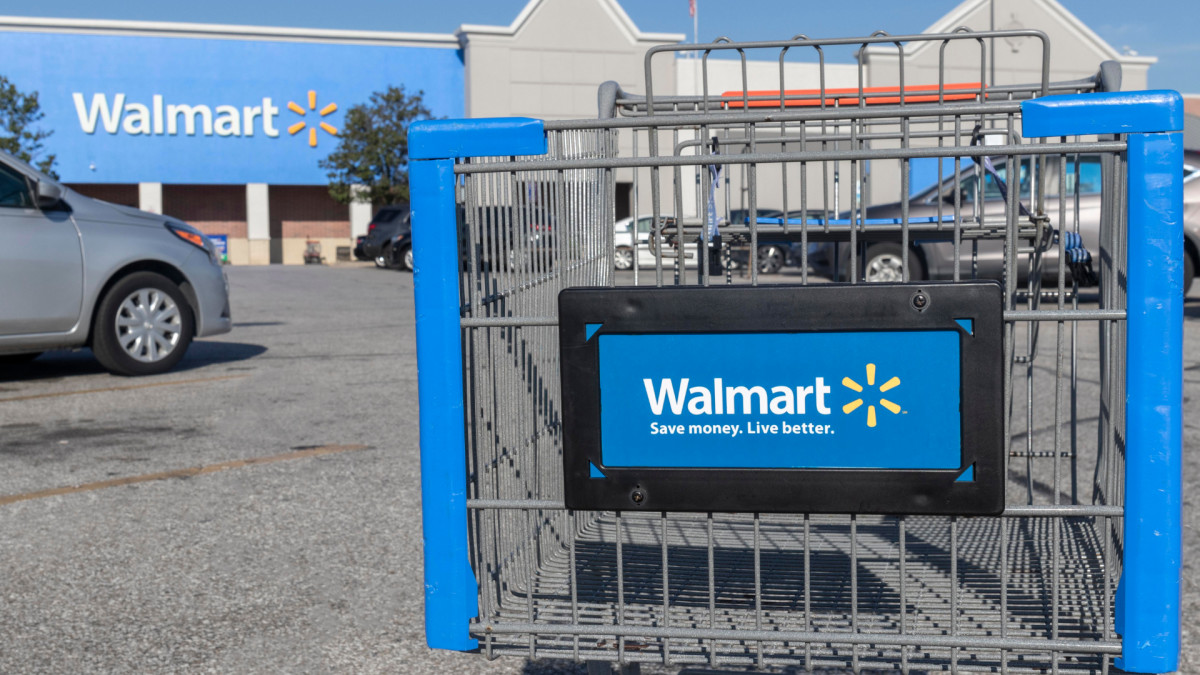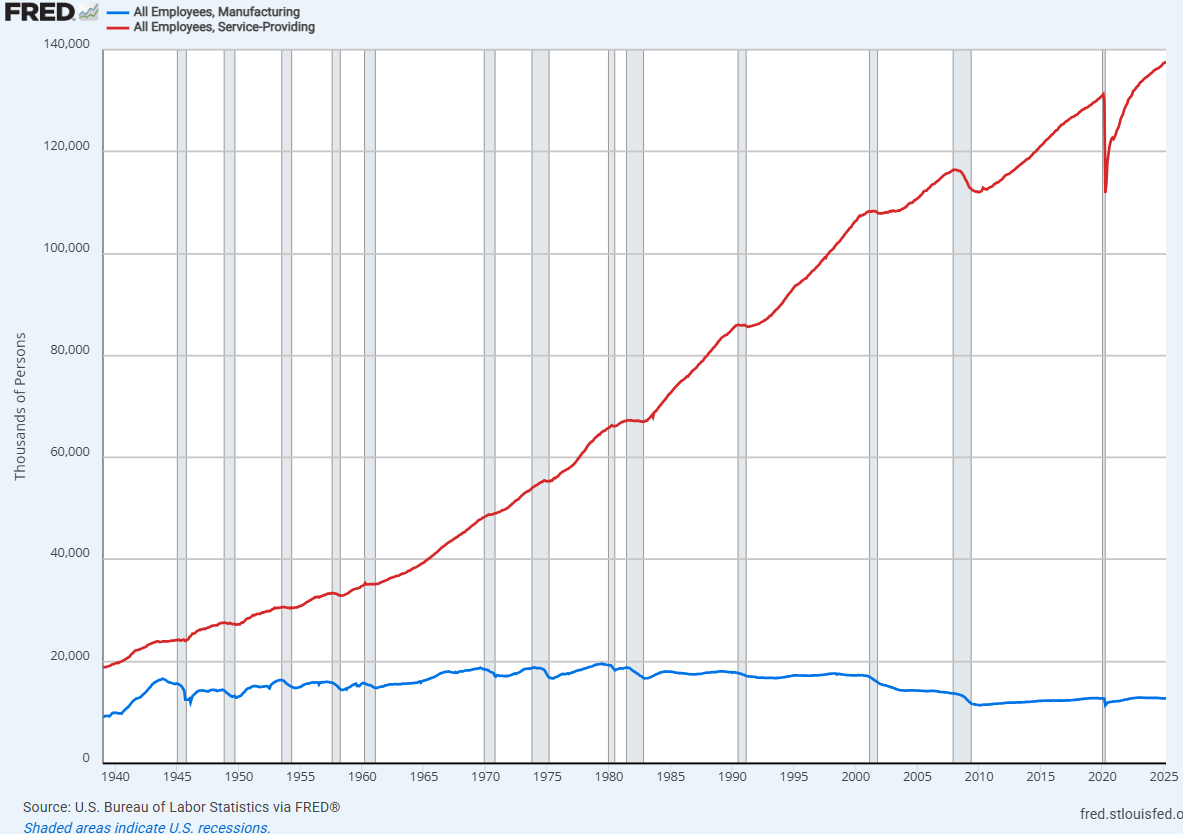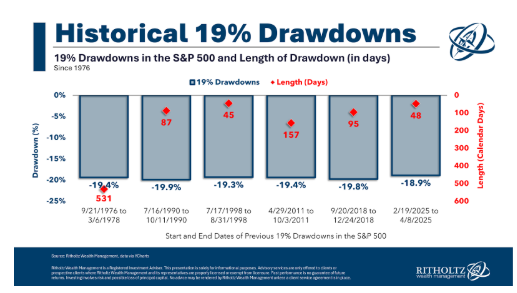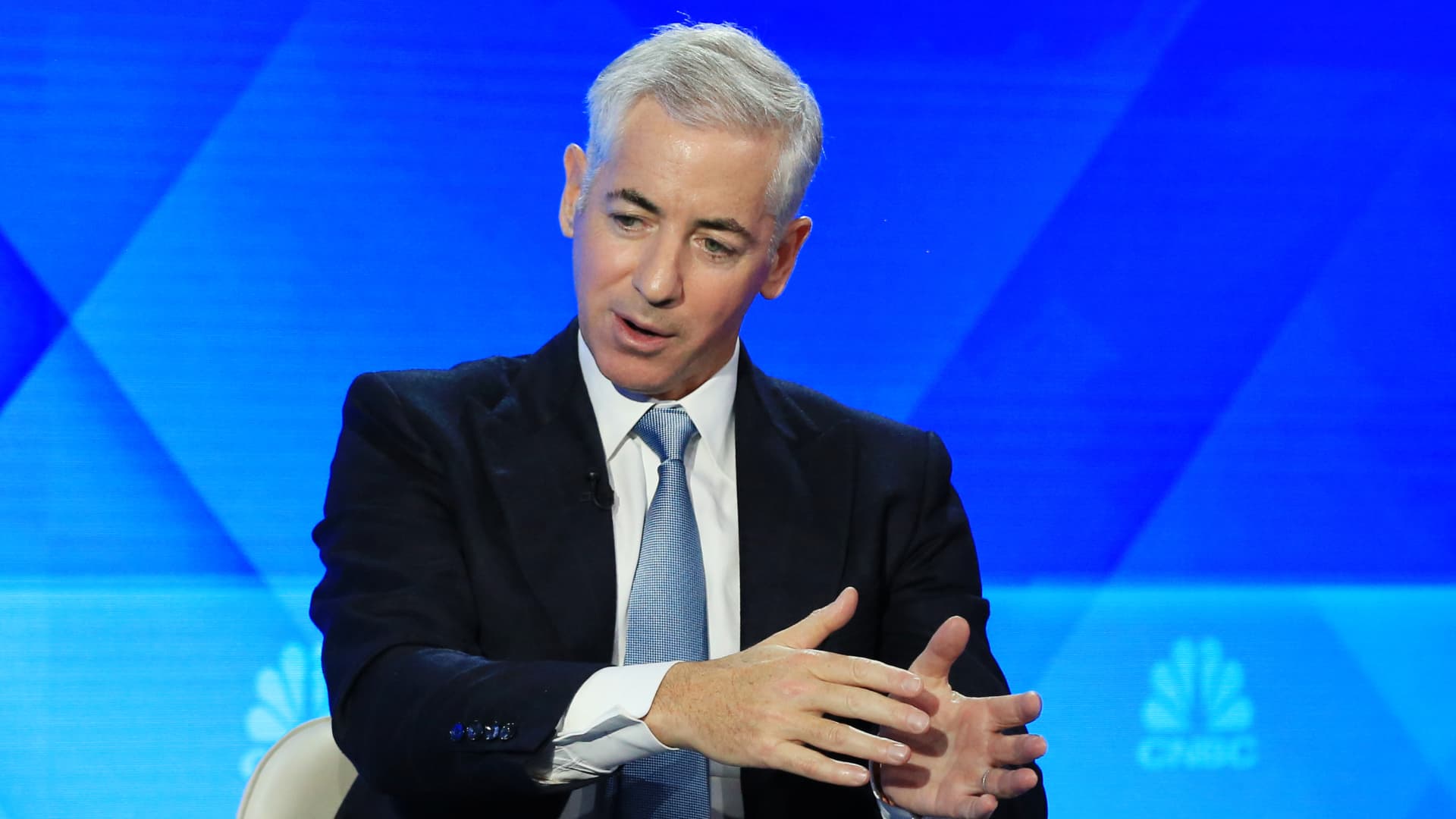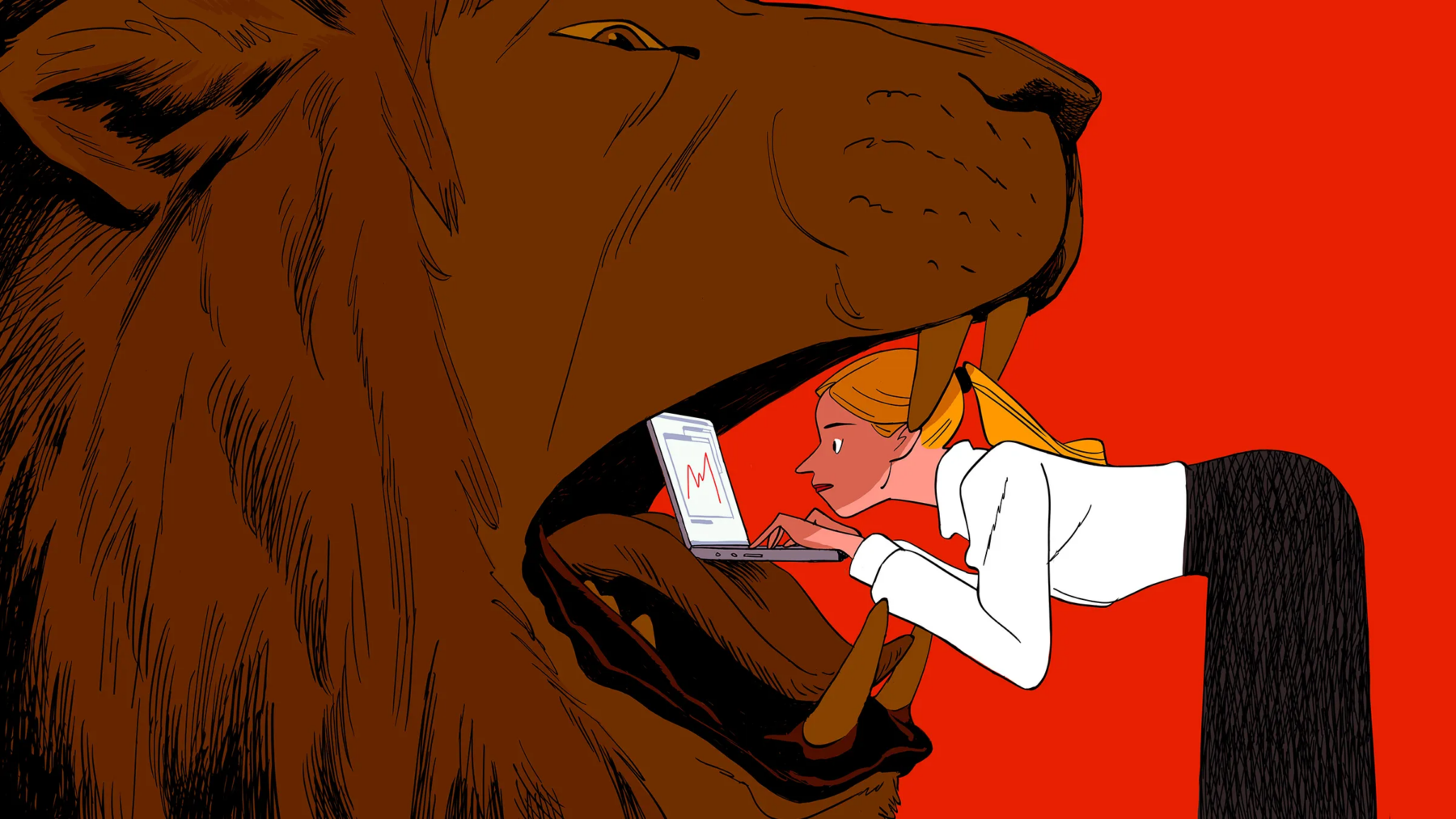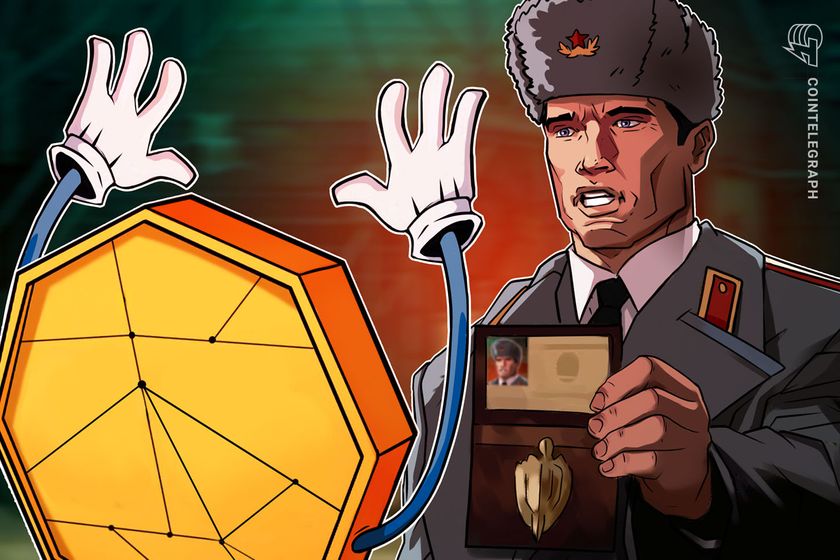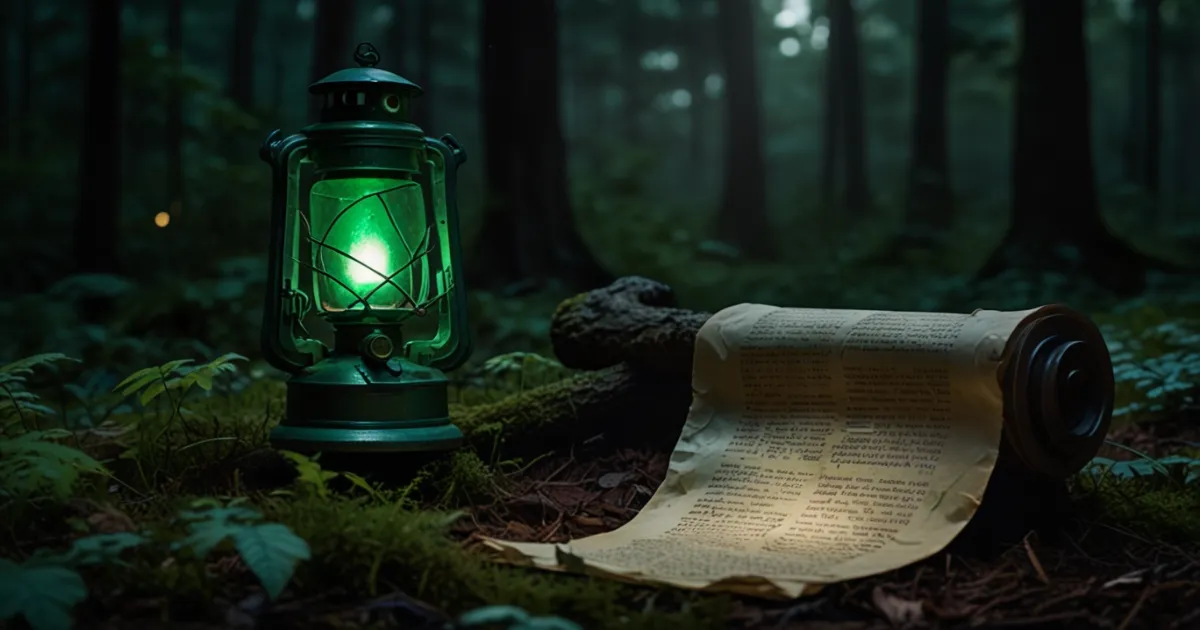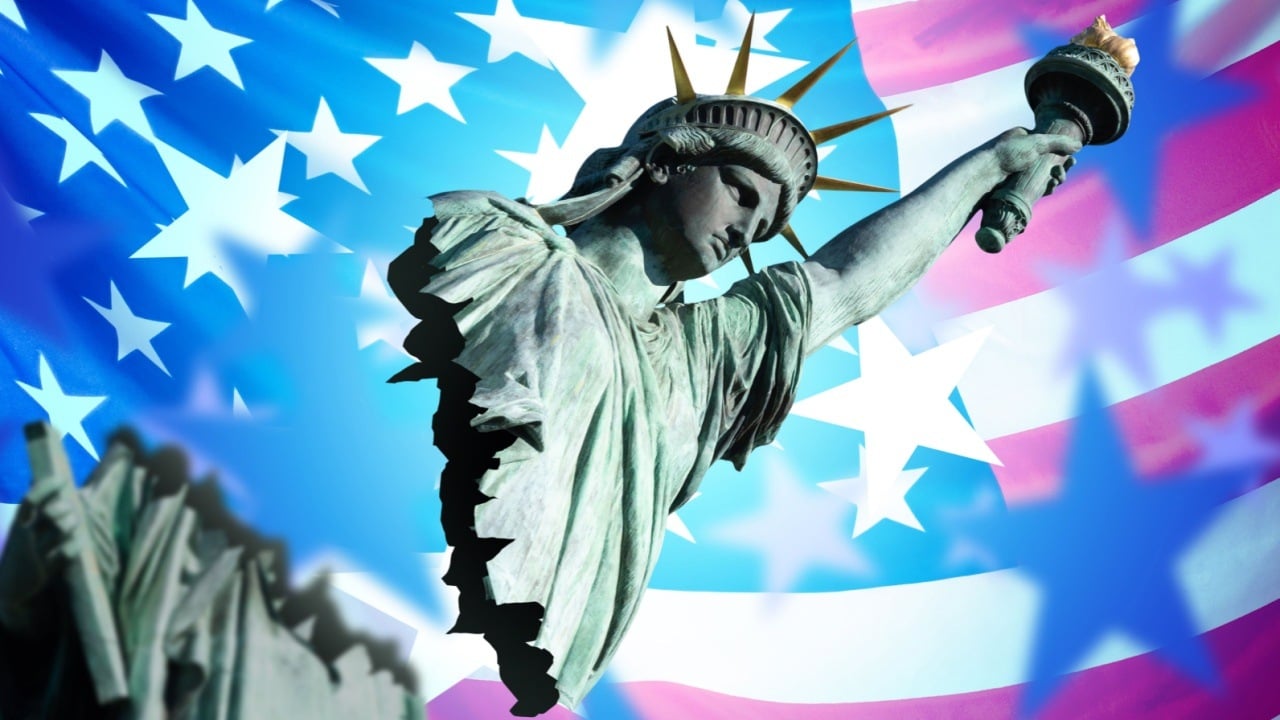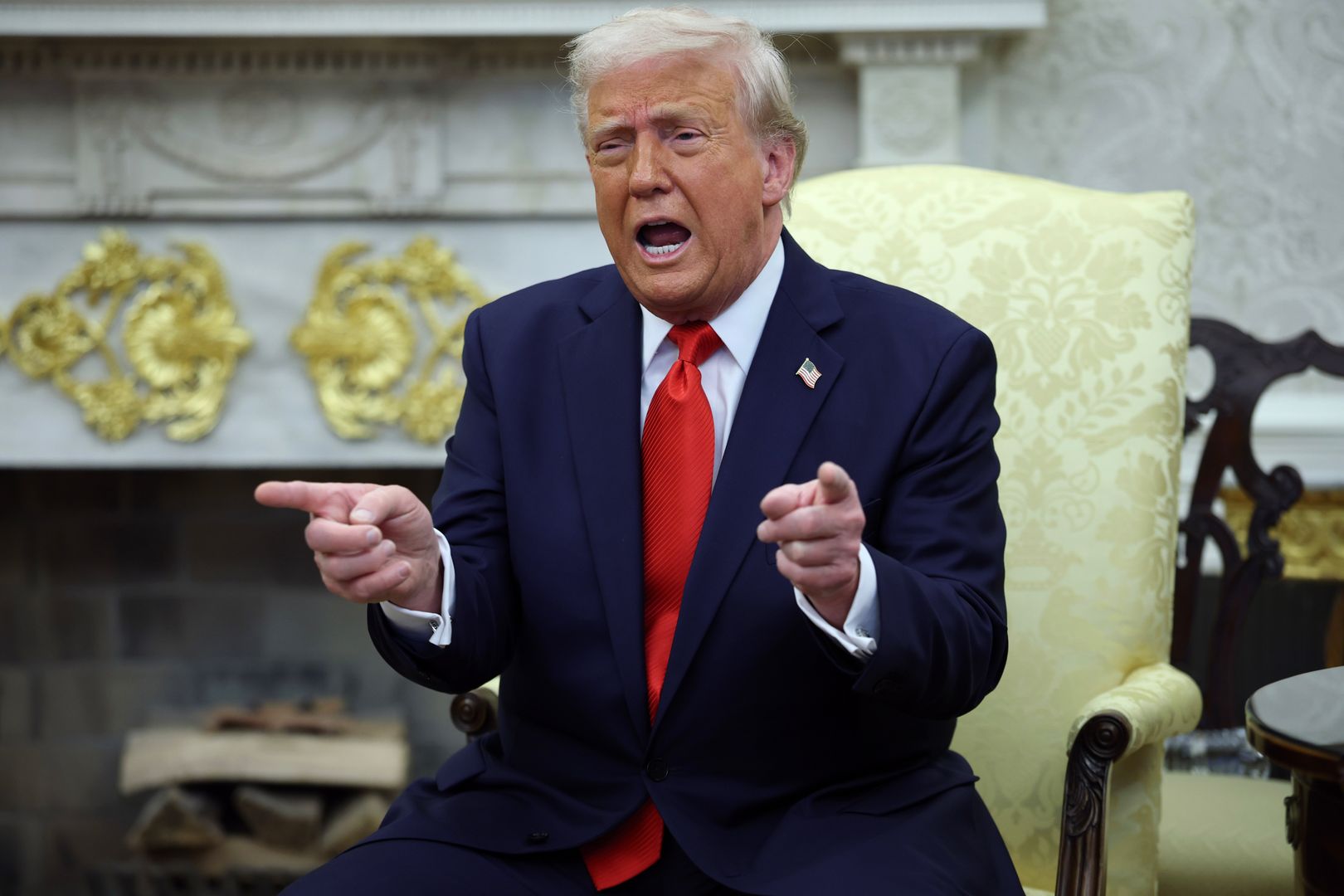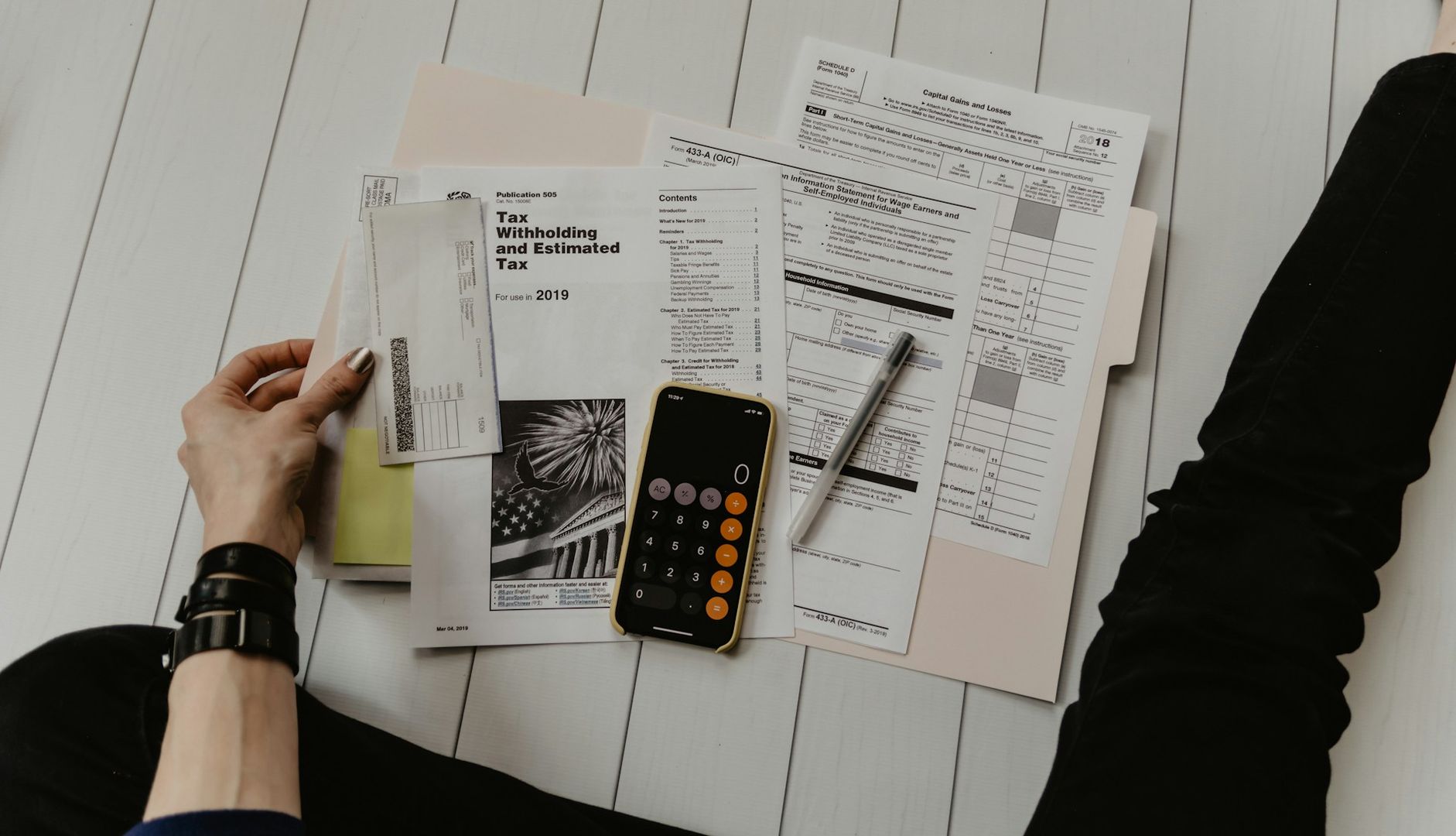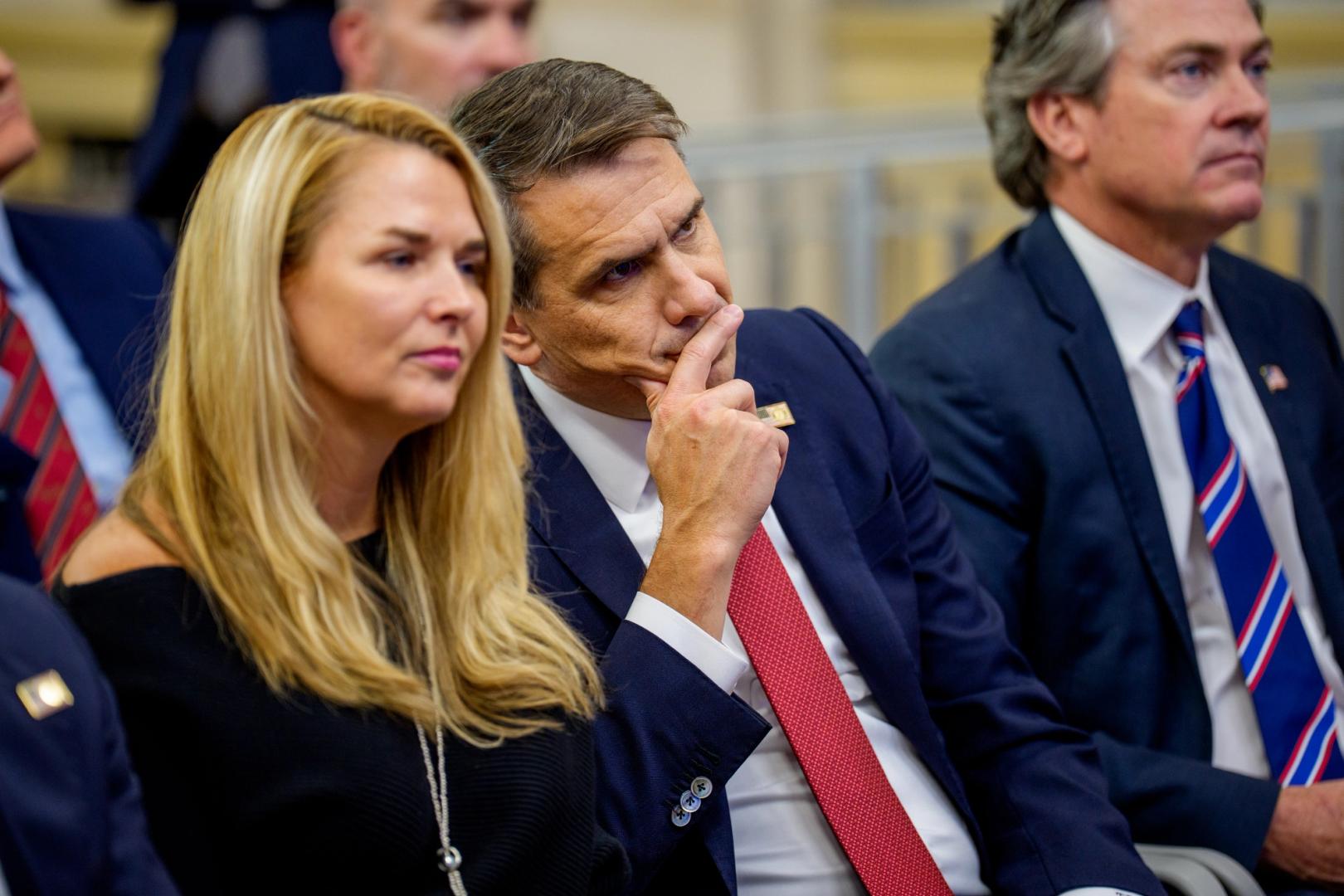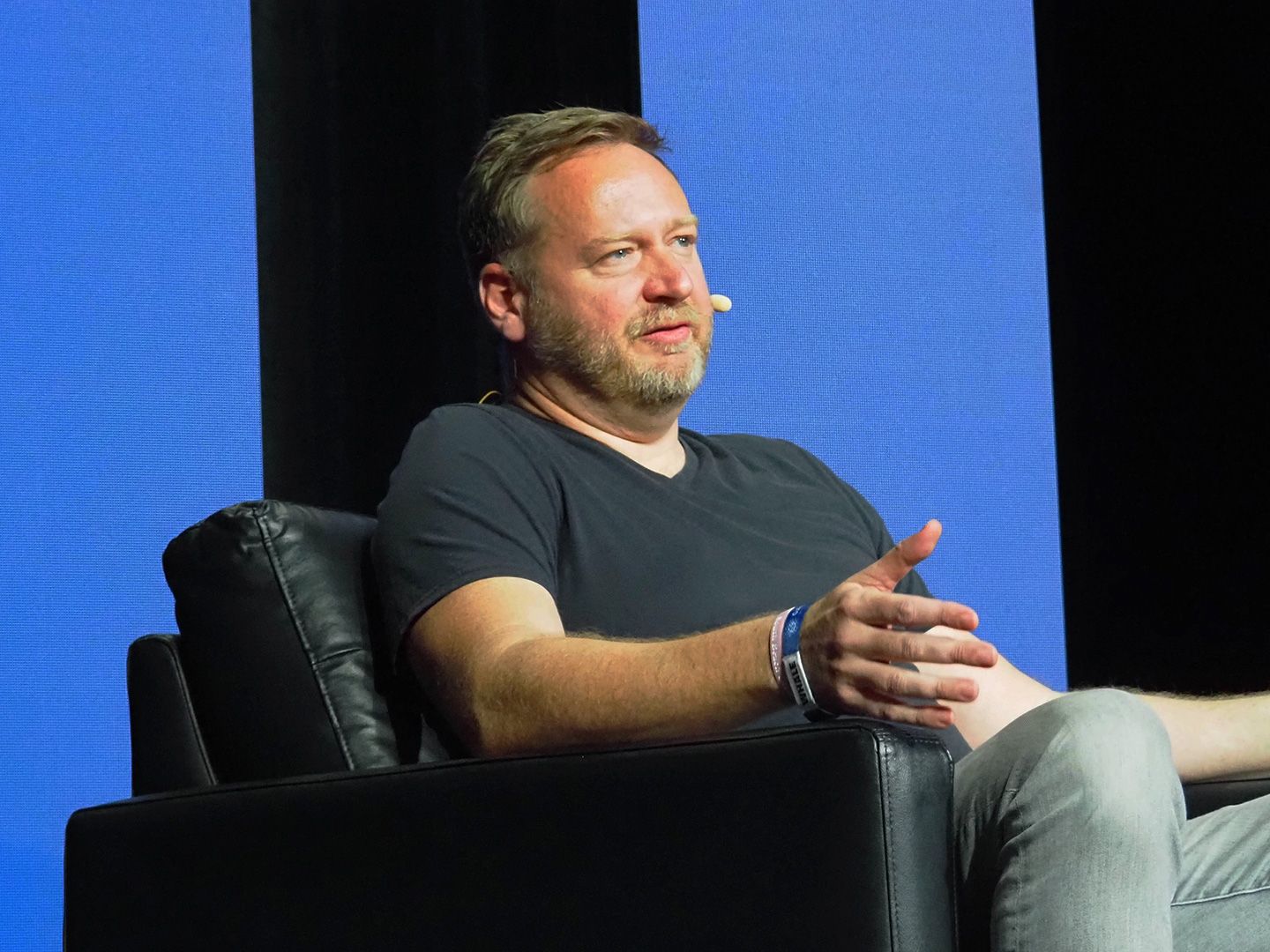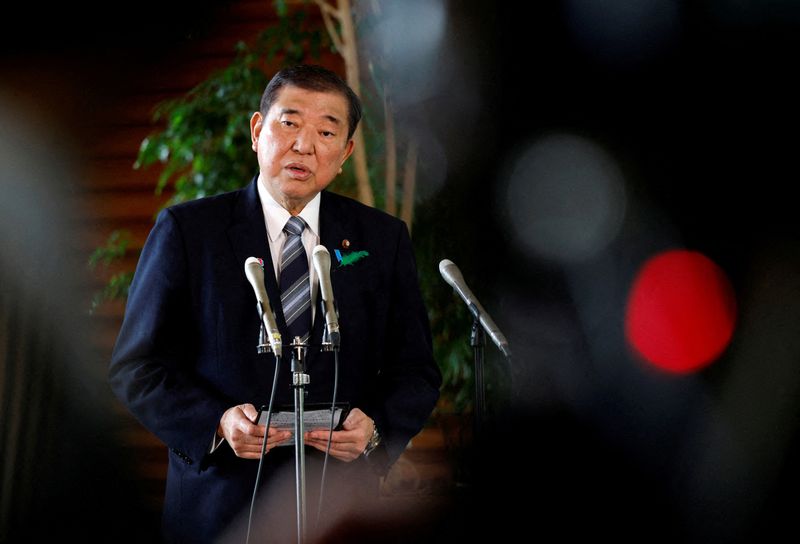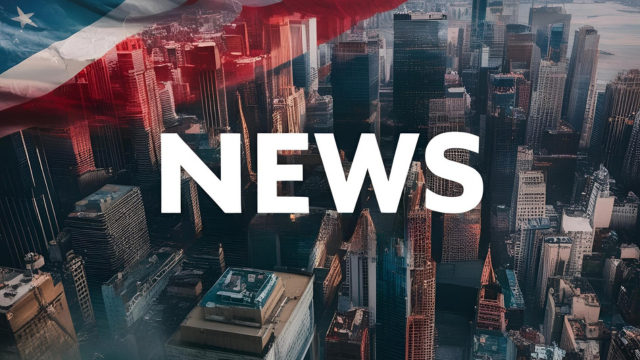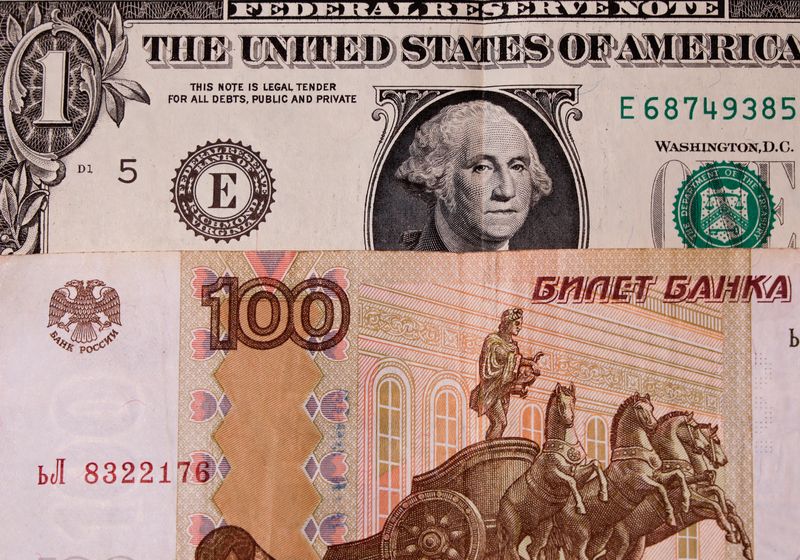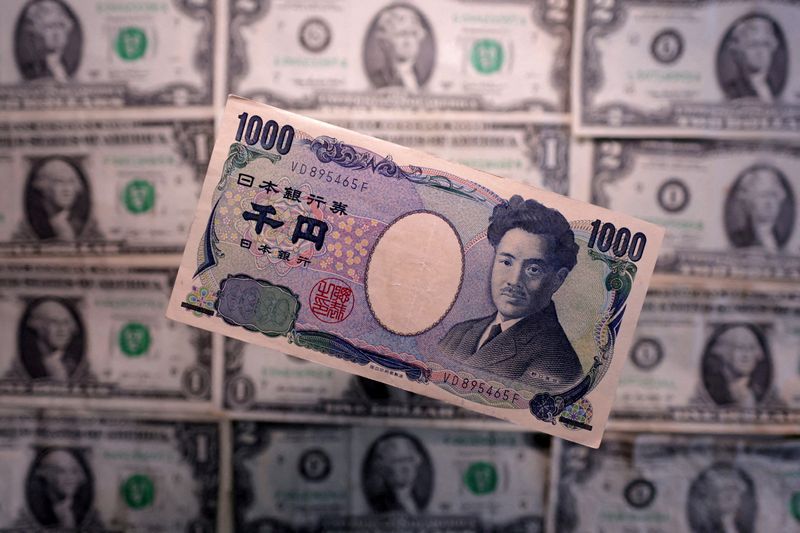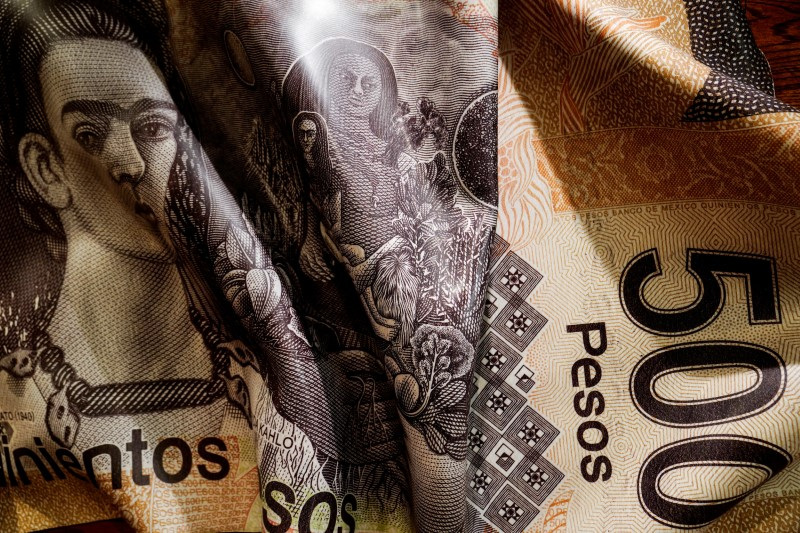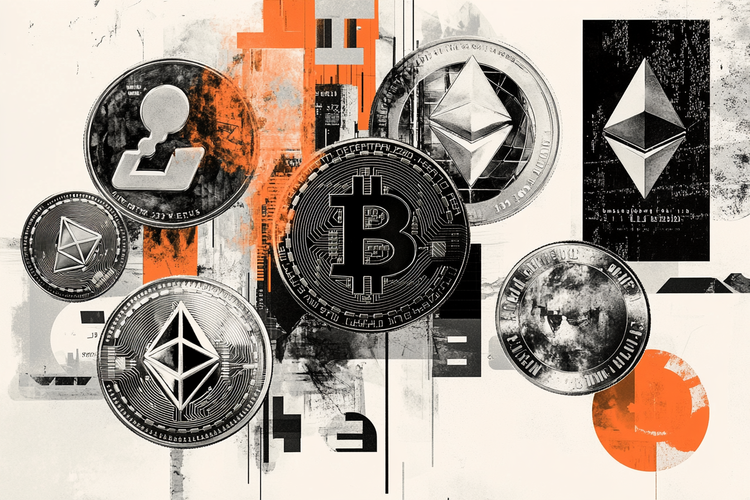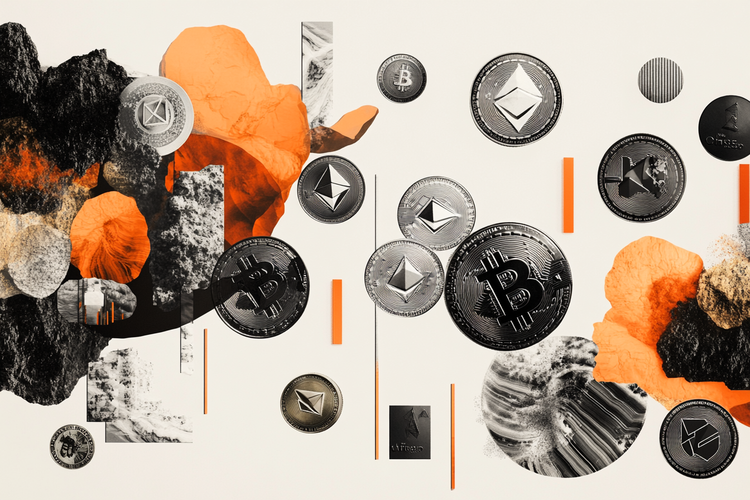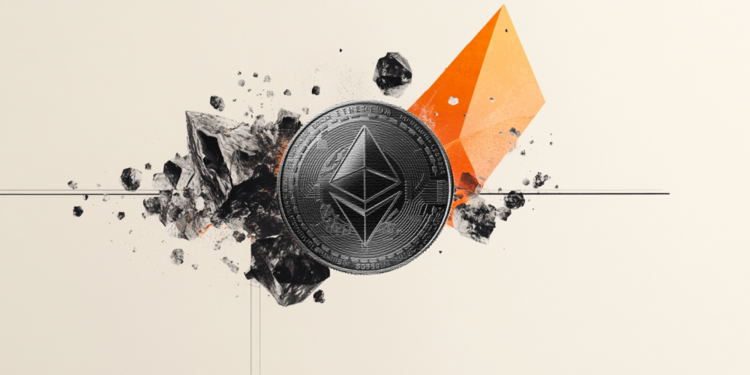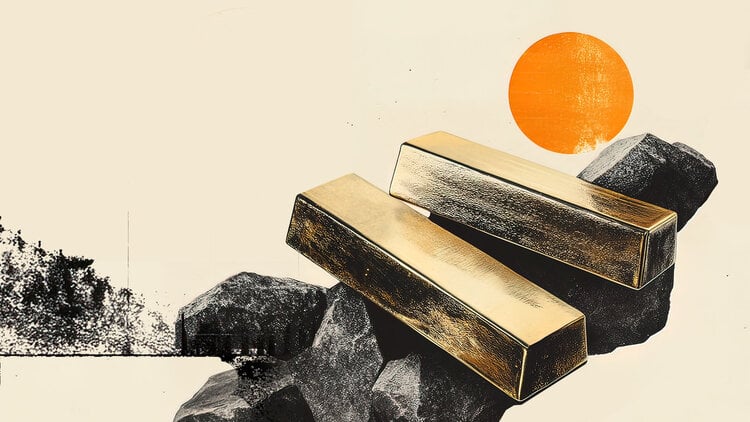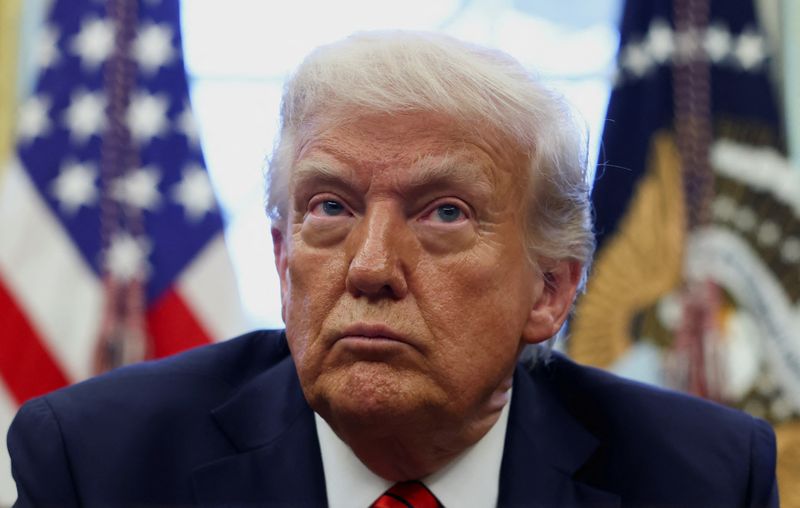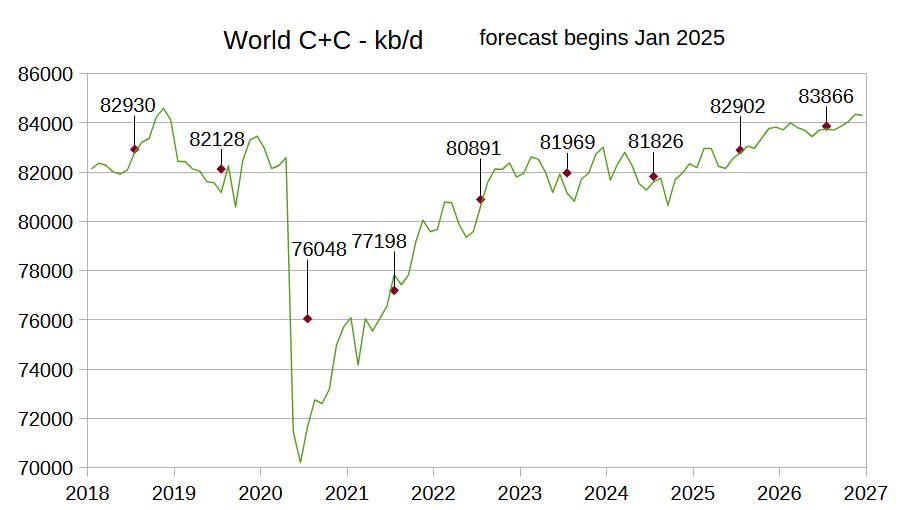Countries That Took Their Citizens’ Guns — and What Happened Next
While the US continues to debate gun ownership, there are lessons to be learned from countries that have already gone down this path. With varying degrees of success, some nations, like Australia, China, and the United Kingdom, have banned guns outright to varying levels of public opinion. It’s these countries that may one day help […] The post Countries That Took Their Citizens’ Guns — and What Happened Next appeared first on 24/7 Wall St..
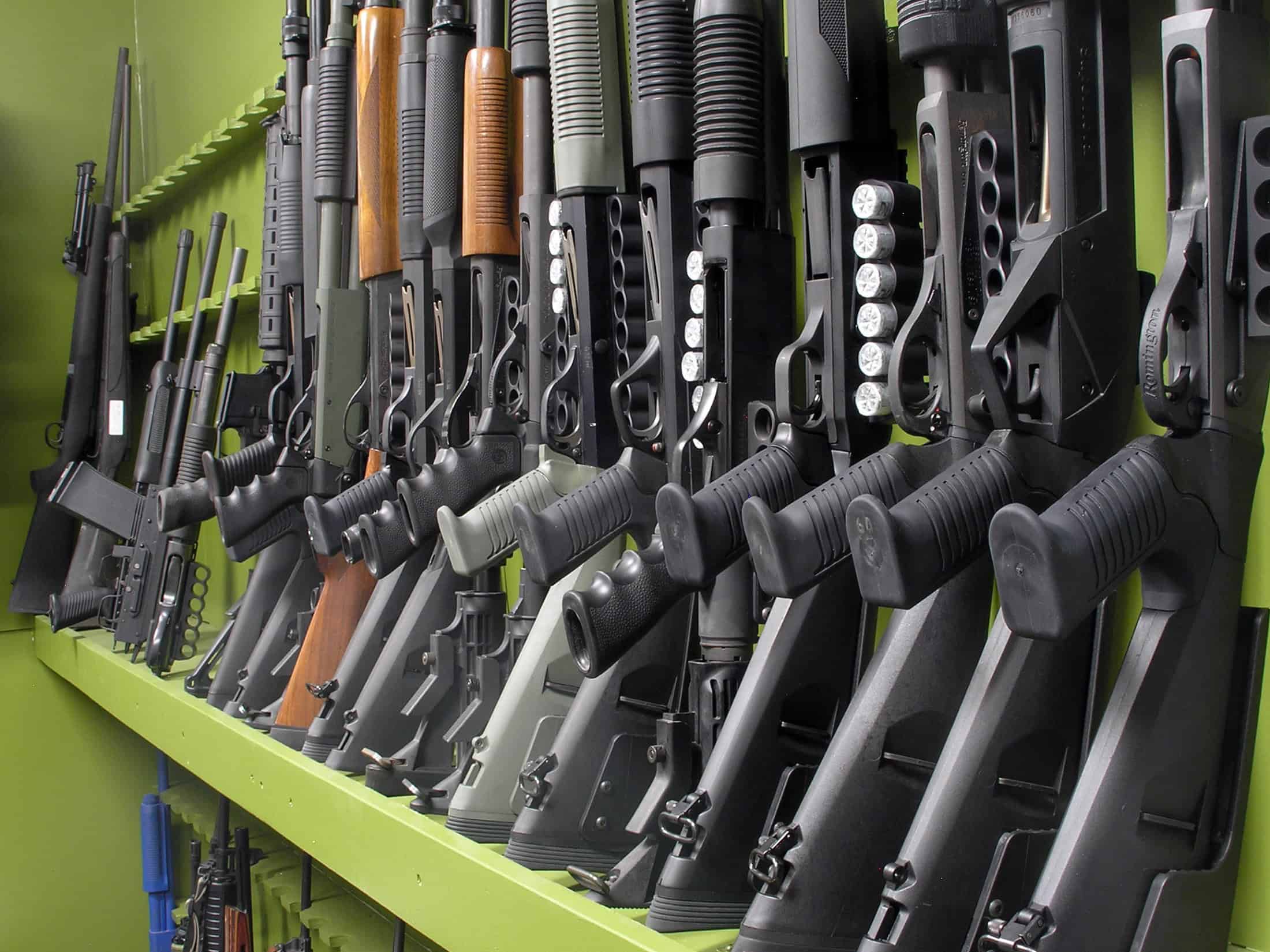
While the US continues to debate gun ownership, there are lessons to be learned from countries that have already gone down this path. With varying degrees of success, some nations, like Australia, China, and the United Kingdom, have banned guns outright to varying levels of public opinion. It’s these countries that may one day help guide the U.S. on what any sort of gun ban fallout could be.
12. Brazil
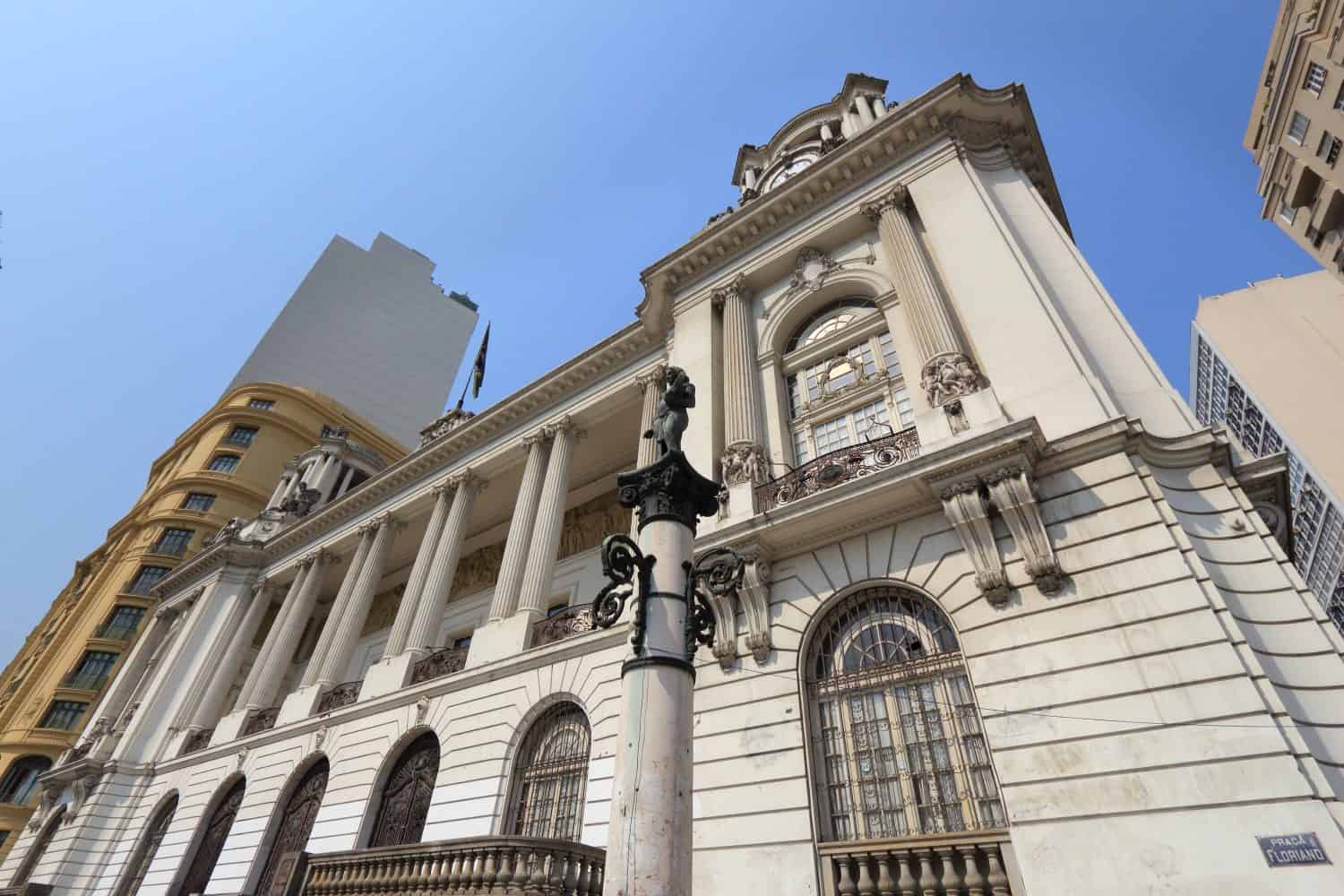
- Gun law enacted: 2003
- Brought on by: Brazil’s disarmament policies were put in place to help curb the country’s high firearm-related death count
- Government response: The government established the Disarmament Statue in 2003, only to pull it back with reforms in 2019 and 2021 with moderate success
Still Lots of Work to Do

Brazil’s 2003 Disarmament Statue was put in place as a result of 36,000 gun-related deaths in the same year, leading to a 12% drop in firearm deaths over the next decade. The statute called for increased background checks and mental health reviews, as well as providing a “genuine need” to the government as to why you should own a firearm. There is a growing movement in the country to reduce gun restrictions so Brazilians can protect themselves in high-crime areas.
11. China
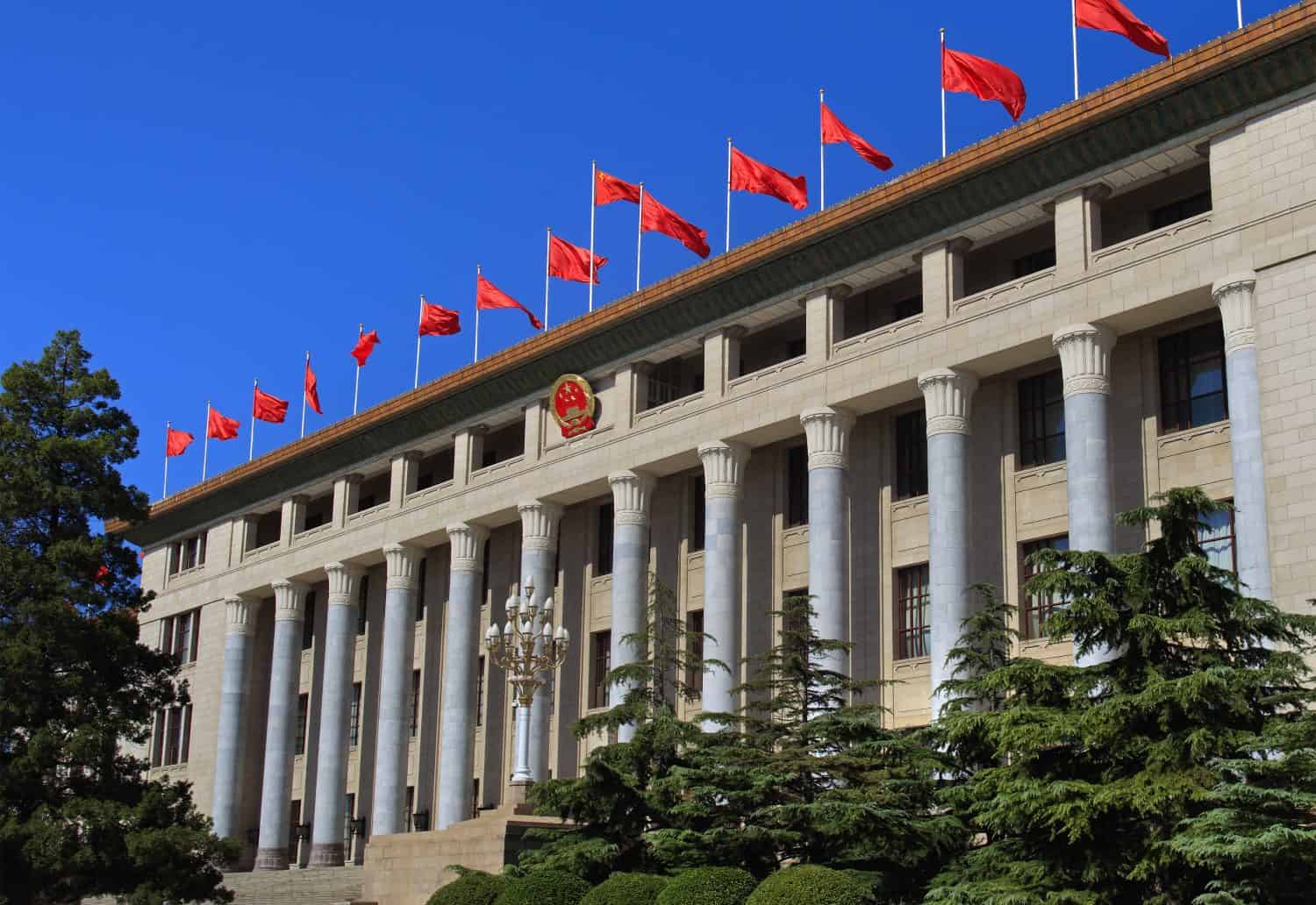
- Gun law enacted: 1966
- Brought on by: The government sought to stop potential uprisings during the country’s Cultural Revolution
- Government response: Under Mao Zedong, the Chinese government pulled guns off the streets and enacted strict penalties for ownership
Severe Penalties
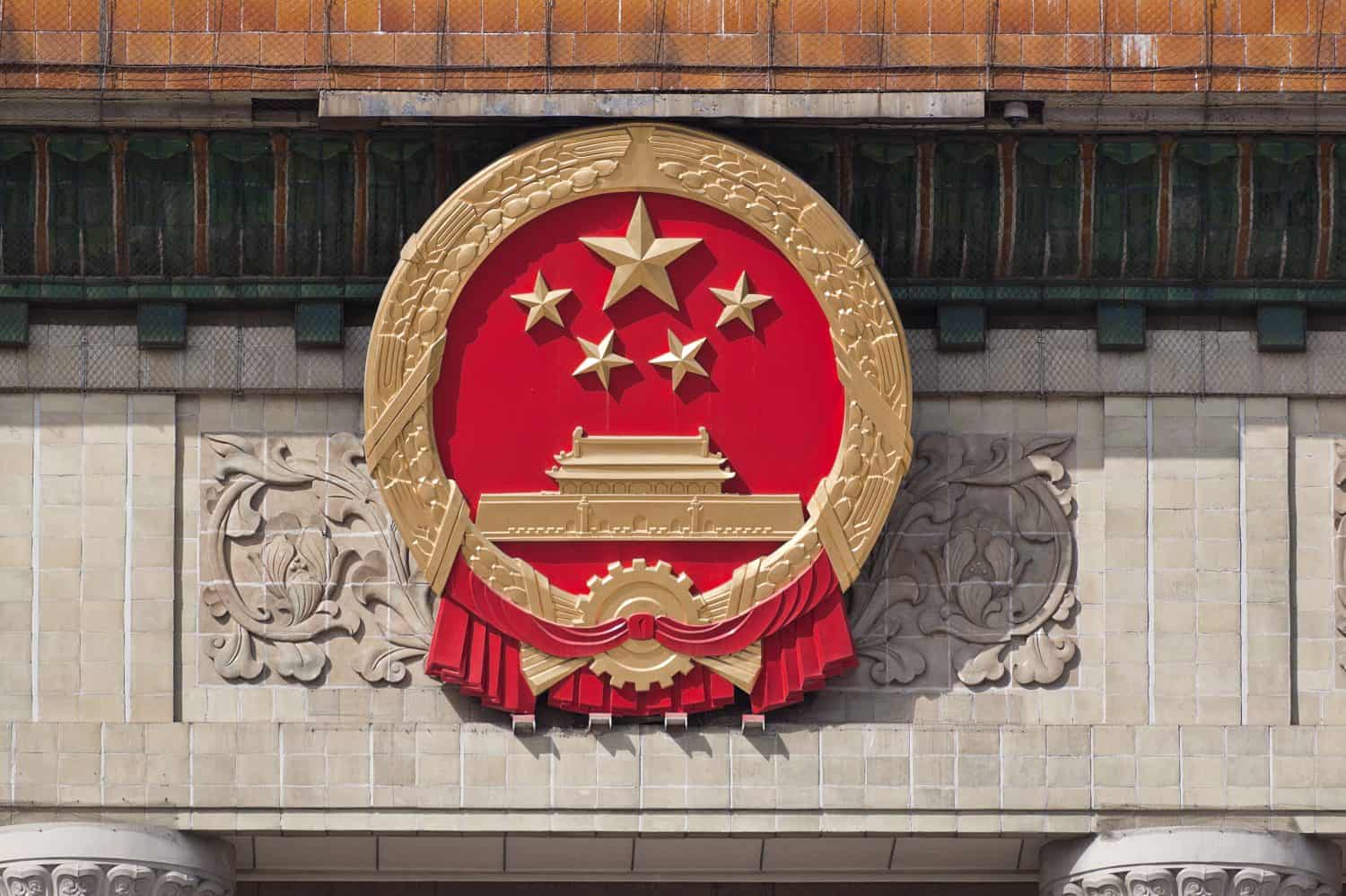
In modern-day China, should you be caught with an illegal firearm, the penalty is severe and can include up to life in prison. On the positive side, gun-related crimes are very rare in China, and the country has a very low firearm-related death number. Still, critics of the 1966 gun ban in China can’t help but claim this policy was put in place to boost authoritarian rule and prevent any uprisings against China’s Communist Party power.
10. New Zealand
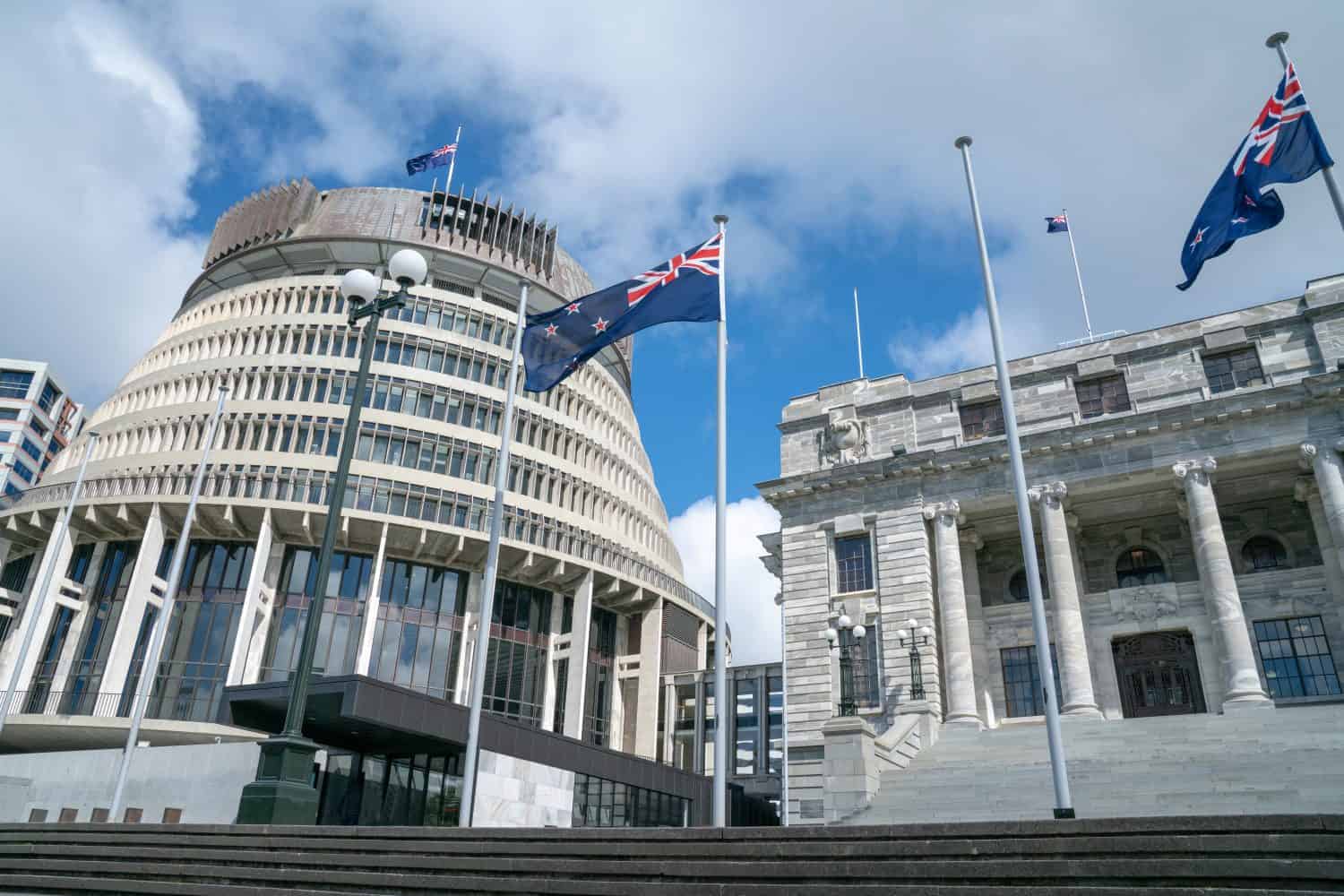
- Gun law enacted: 2019
- Brought on by: 51 people were killed at two Mosques in the country using legally purchased semi-automatic rifles, causing a massive outcry among the public
- Government response: The government of New Zealand moved fast to enact gun reforms with strong support, including a national gun buyback program
Swift Action Success
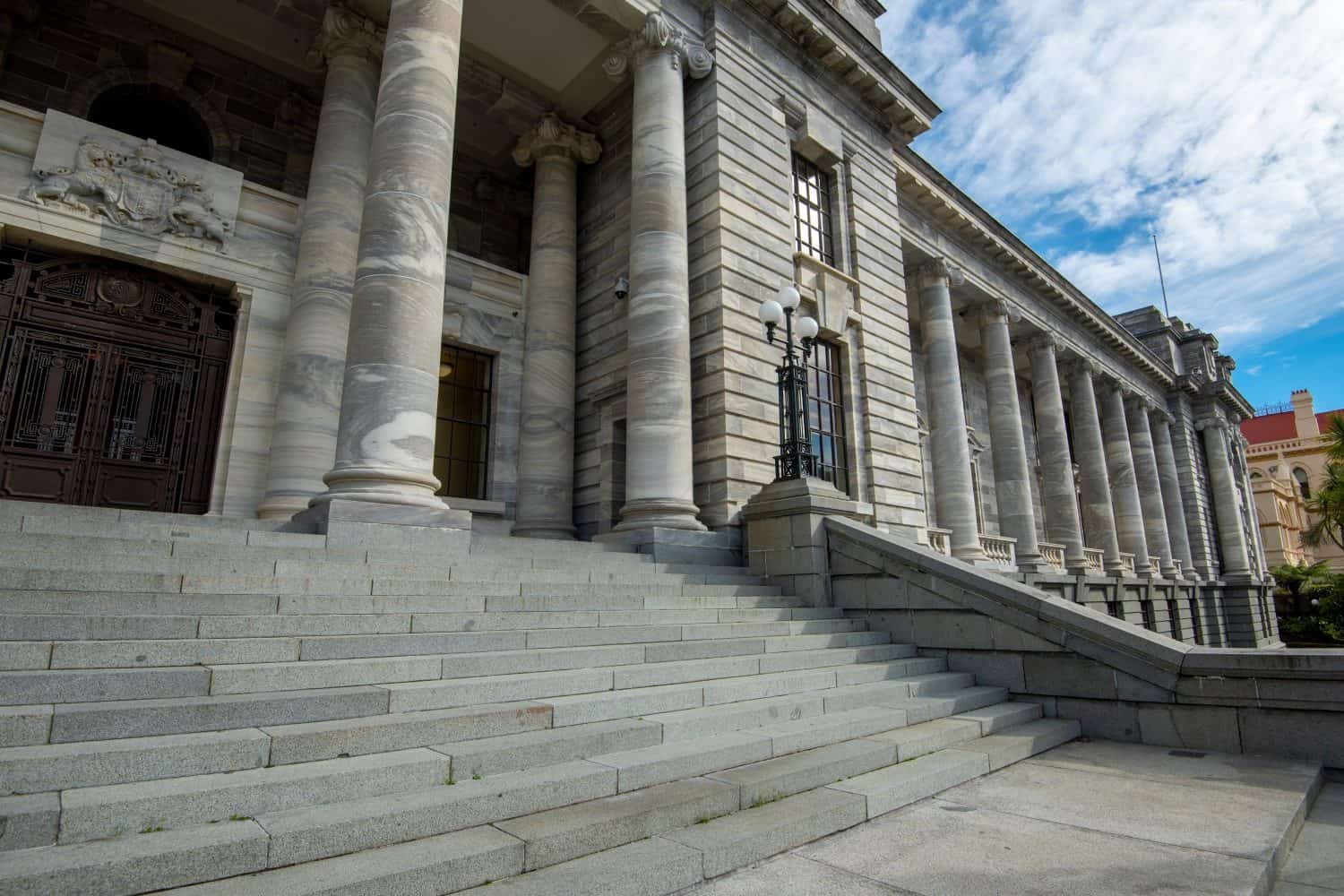
Almost immediately, the reaction to the new gun law in New Zealand was positive. A national buyback program resulted in over 56,000 firearms being turned over. While gun owners complained, the government quickly considered the program a success in removing thousands of high-risk weapons off the streets. There is still a small but vocal movement of New Zealanders that continue to reject this gun policy as not going far enough to address illegal firearm possession, which still poses a threat.
9. Japan
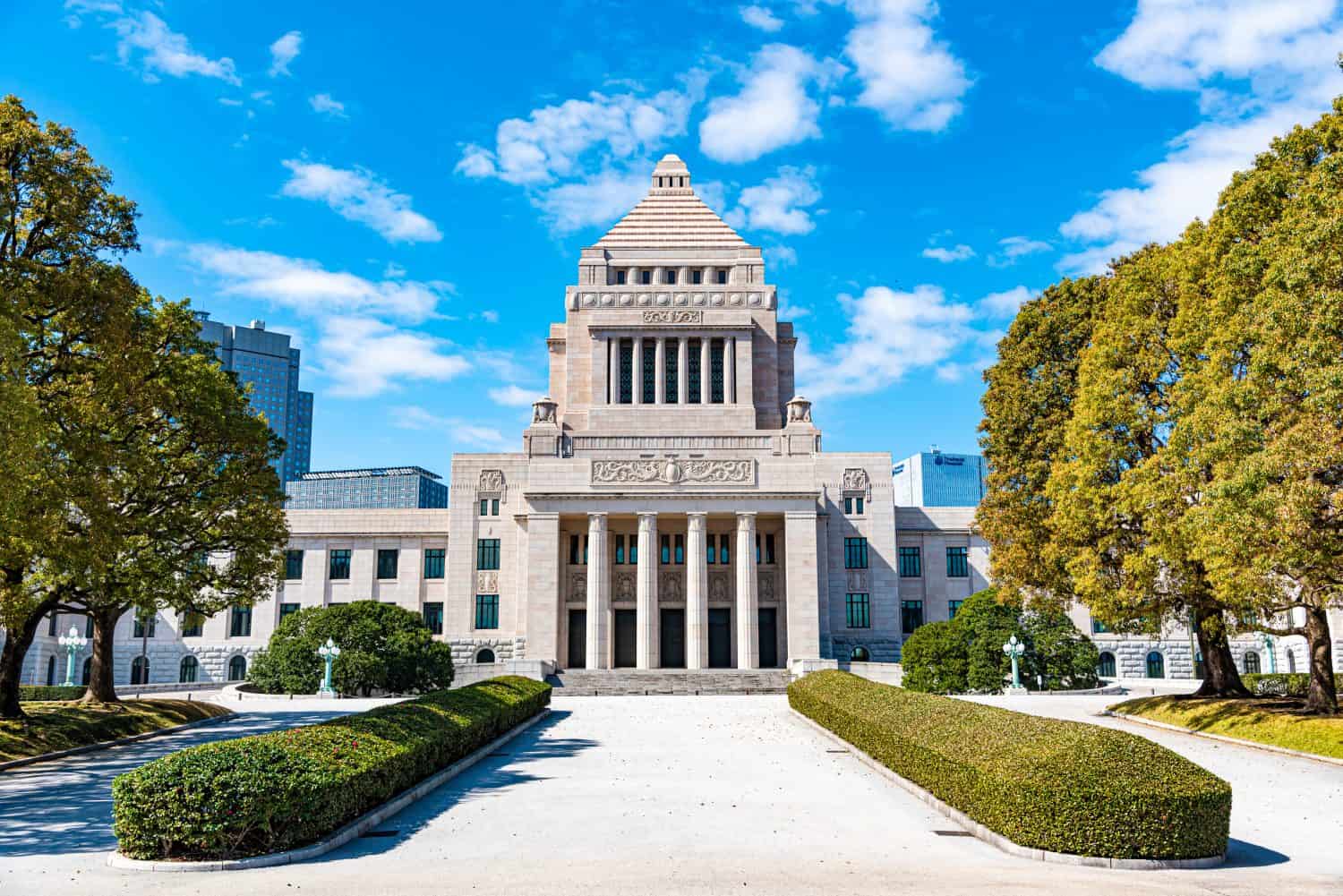
- Gun law enacted: 1958
- Brought on by: Heavily influenced by post-World War II reforms enacted by the US to demilitarize Japan
- Government response: The people of Japan at this time were removed from their wartime mindset of a decade before and have typically shown an aversion to firearms
Very Peaceful Country
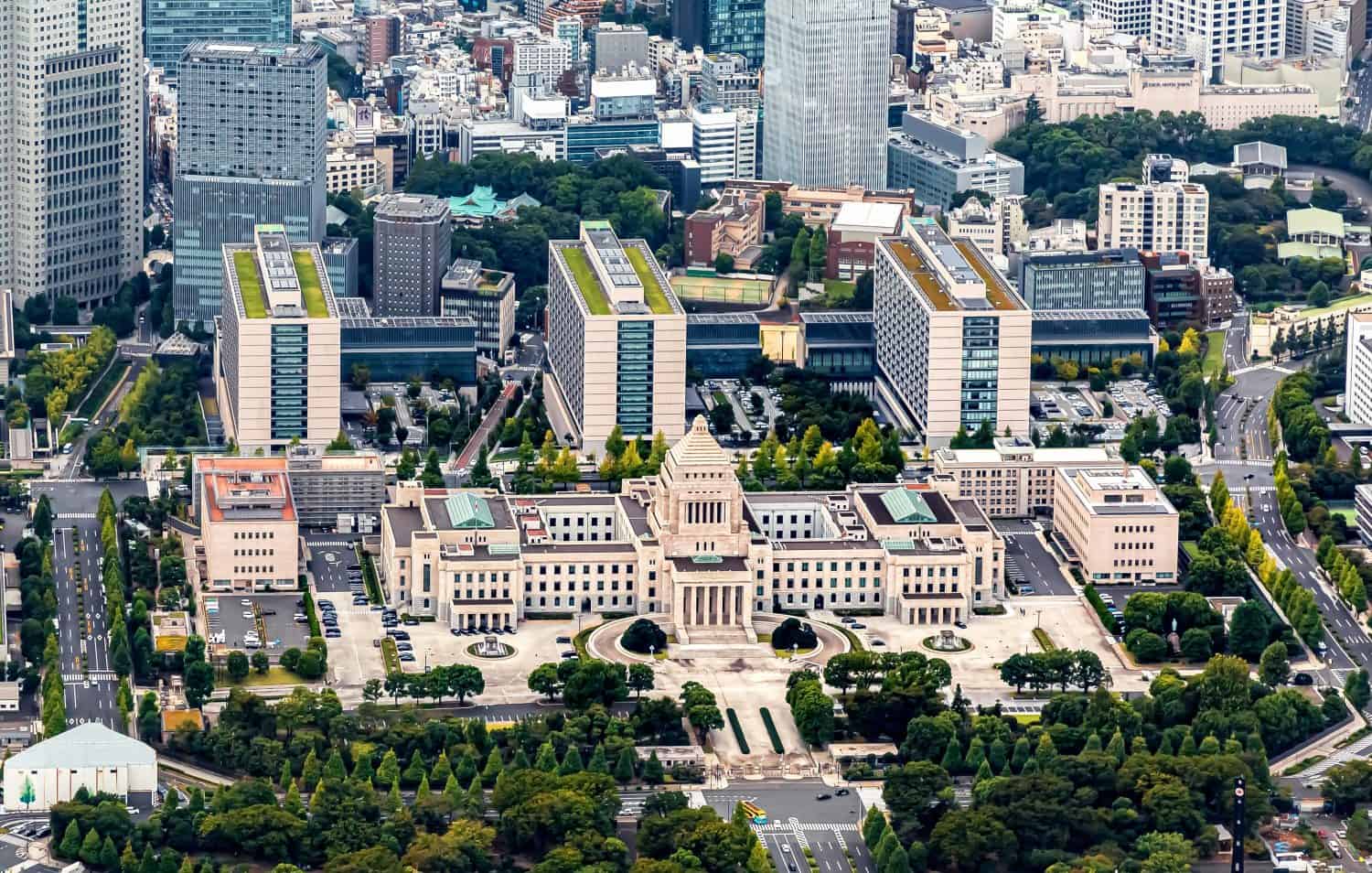
While violence can certainly take place in Japan, the country has one of the lowest firearm-related death rates annually. It’s believed less than ten people die per year in the country as a result of a firearm. The country has long been focused on nonviolence. While some groups argue firearm laws are too restrictive, the Japanese public remains heavily in favor of all existing gun regulations.
8. Germany
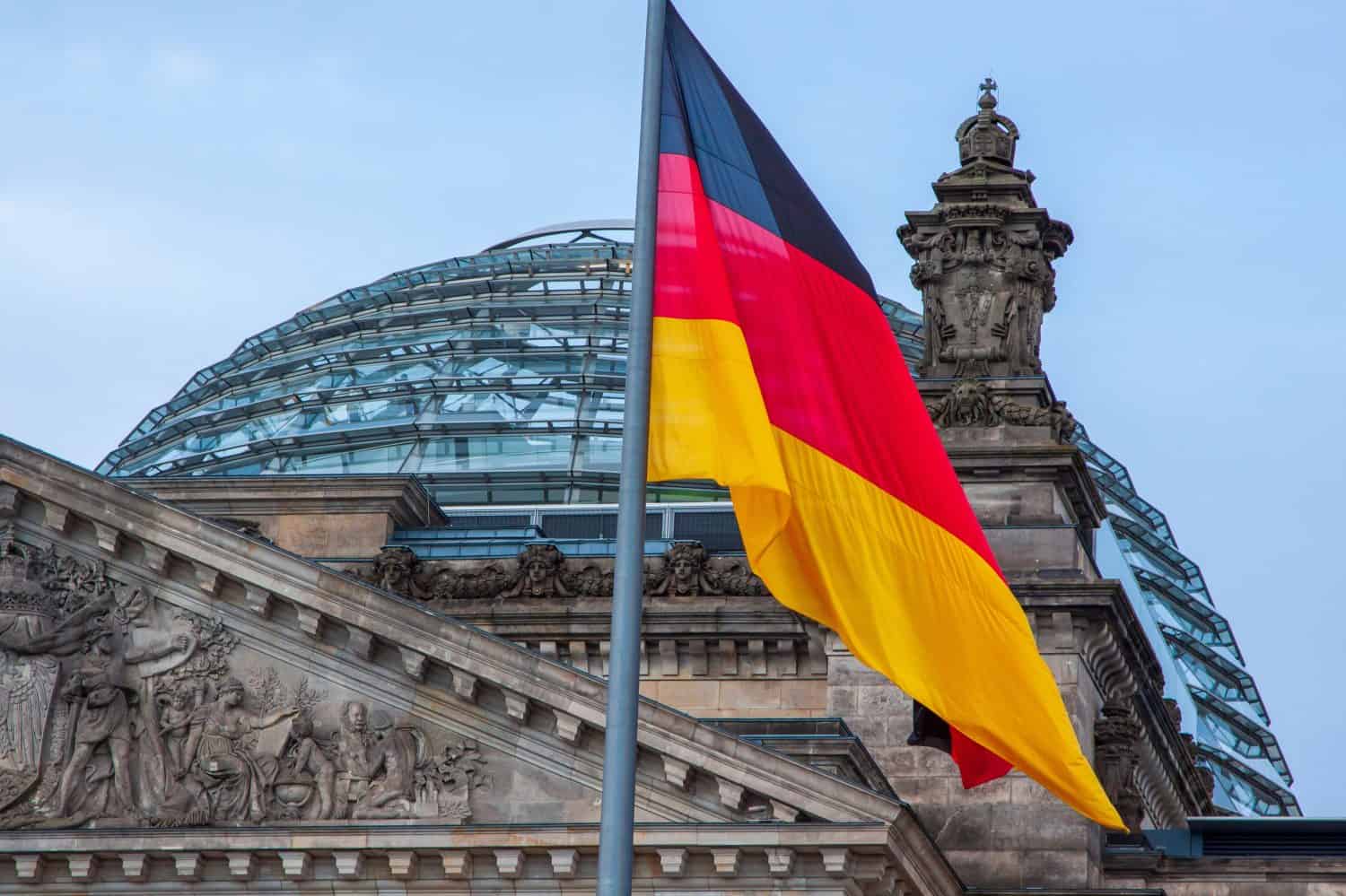
- Gun law enacted: 2003
- Brought on by: A 2002 school shooting where 16 young adults and children were killed
- Government response: Government action was swift and looked to enhance background checks, as well as add restrictions around semi-automatic weapons and high-capacity magazines
Restricted Gun Laws
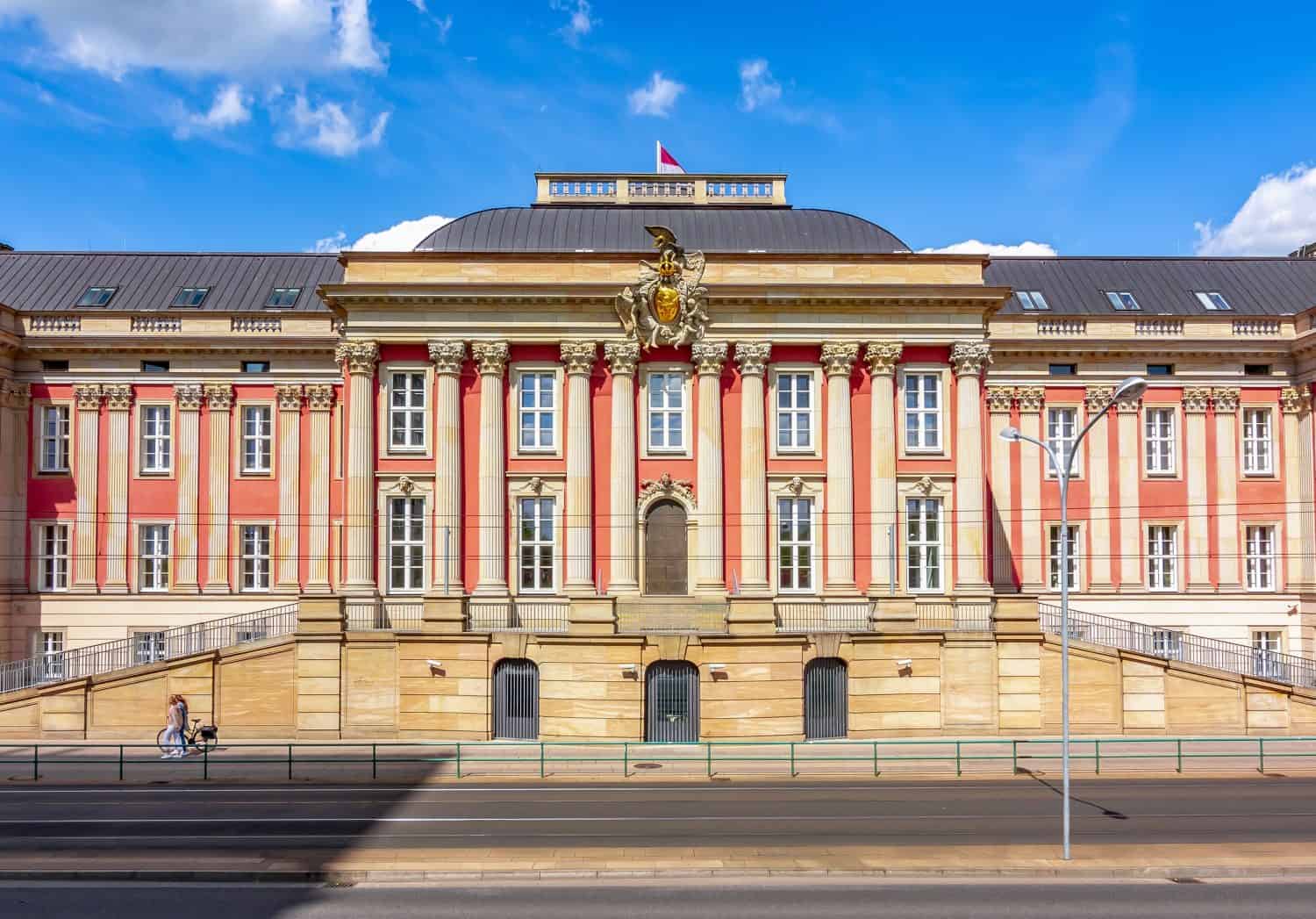
Germany was already home to one of the lowest firearm-related deaths in the world at the time of the 2003 shooting. The country was already averaging only 1 per 100,000 people annually killed as a result of a firearm. However, since the 2002 shooting, the German public has been extremely supportive of gun control as a public safety measure.
7. Norway
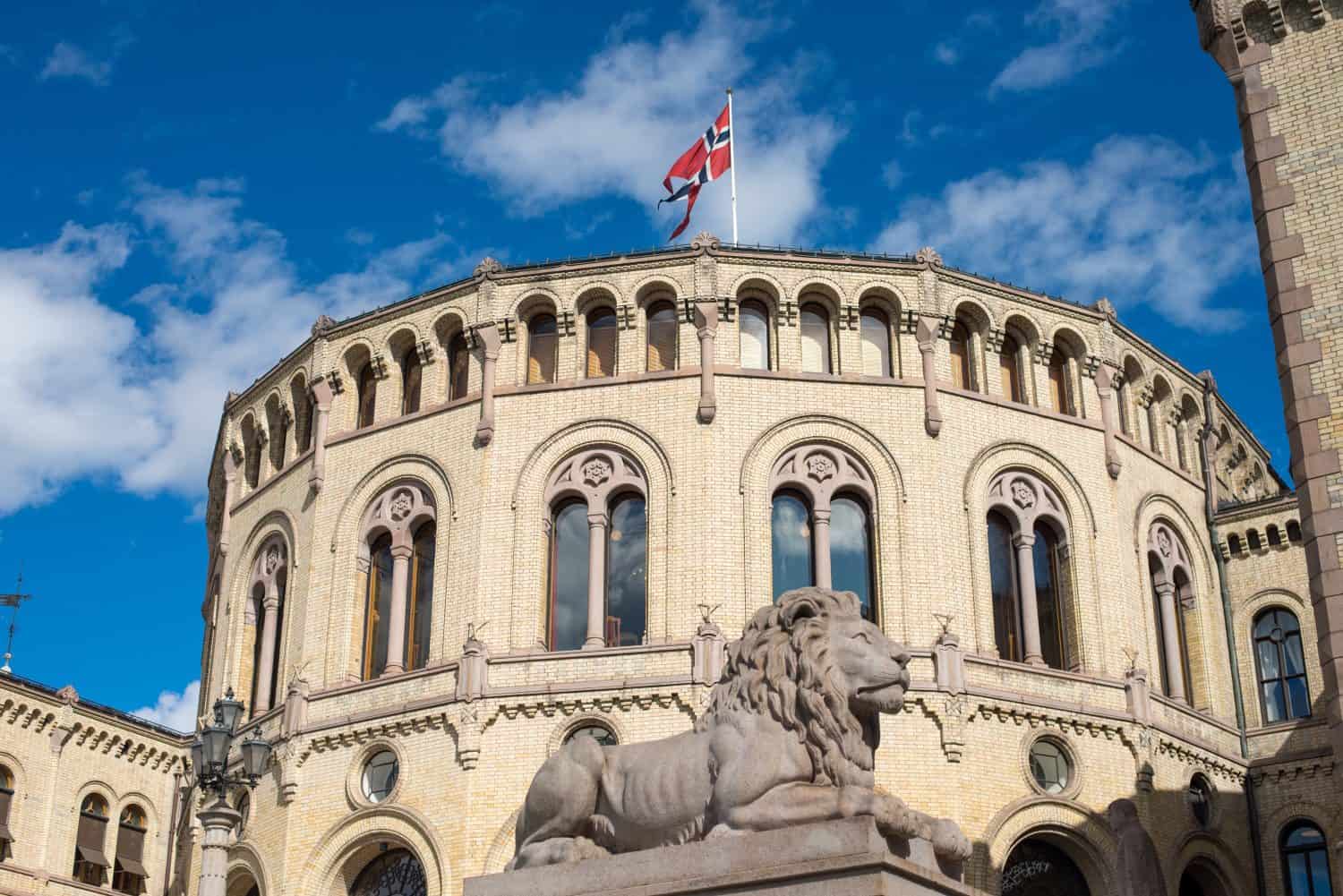
- Gun law enacted: 2018
- Brought on by: A 2011 school attack where 77 people were killed using a legally purchased rifle and pistol
- Government response: The government moved to ban semi-automatic rifles in 2018
Major Public Support
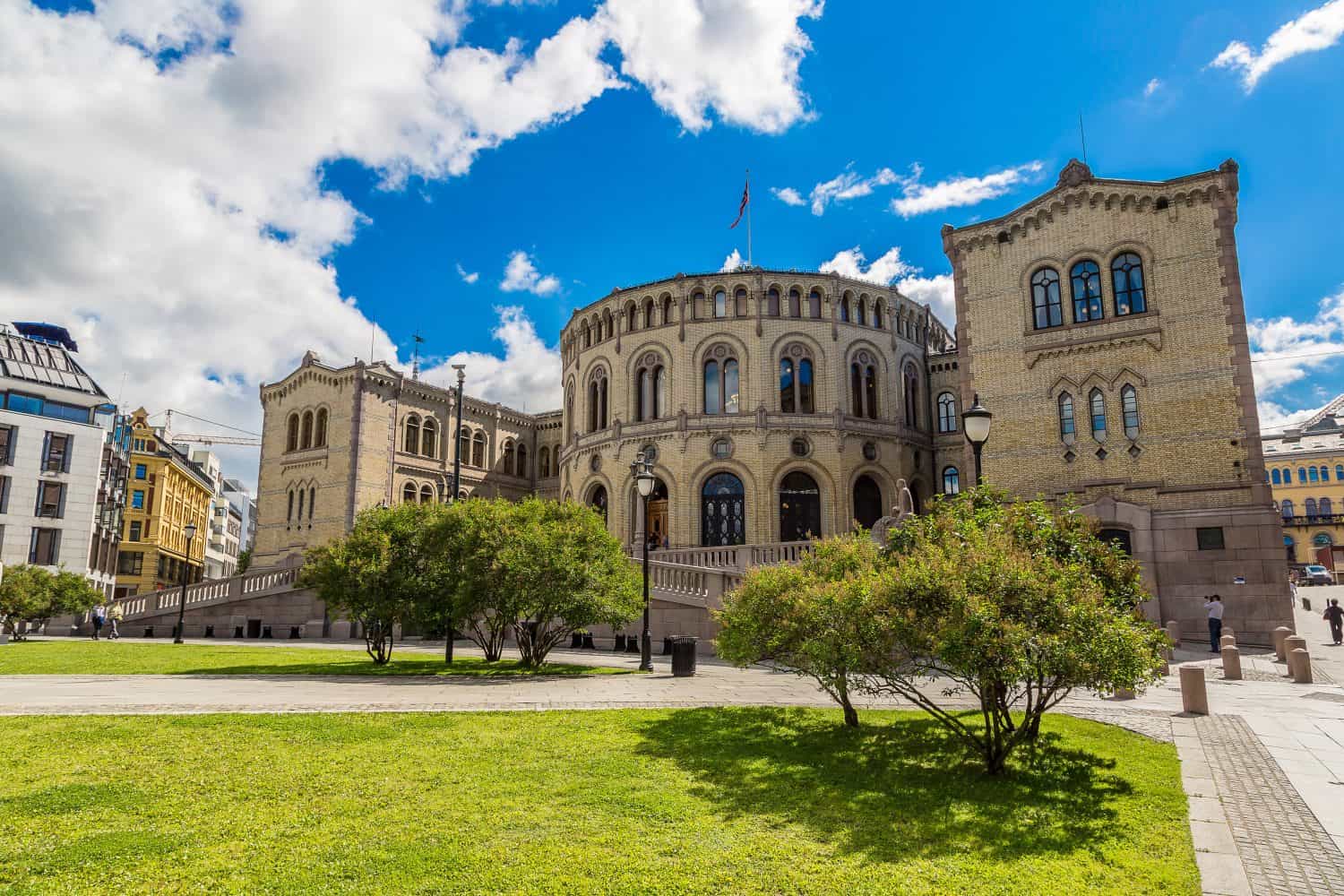
While Norway was already a country where firearm-related deaths were already low among Western nations, the government’s action led to stronger gun restrictions, which was a response to a public outcry after the 2011 attacks. While Norway has a history of hunting, the firearm restrictions enacted in 2018 respect these traditions while ensuring that hunting licenses require extensive background and mental health checks.
6. Venezuela
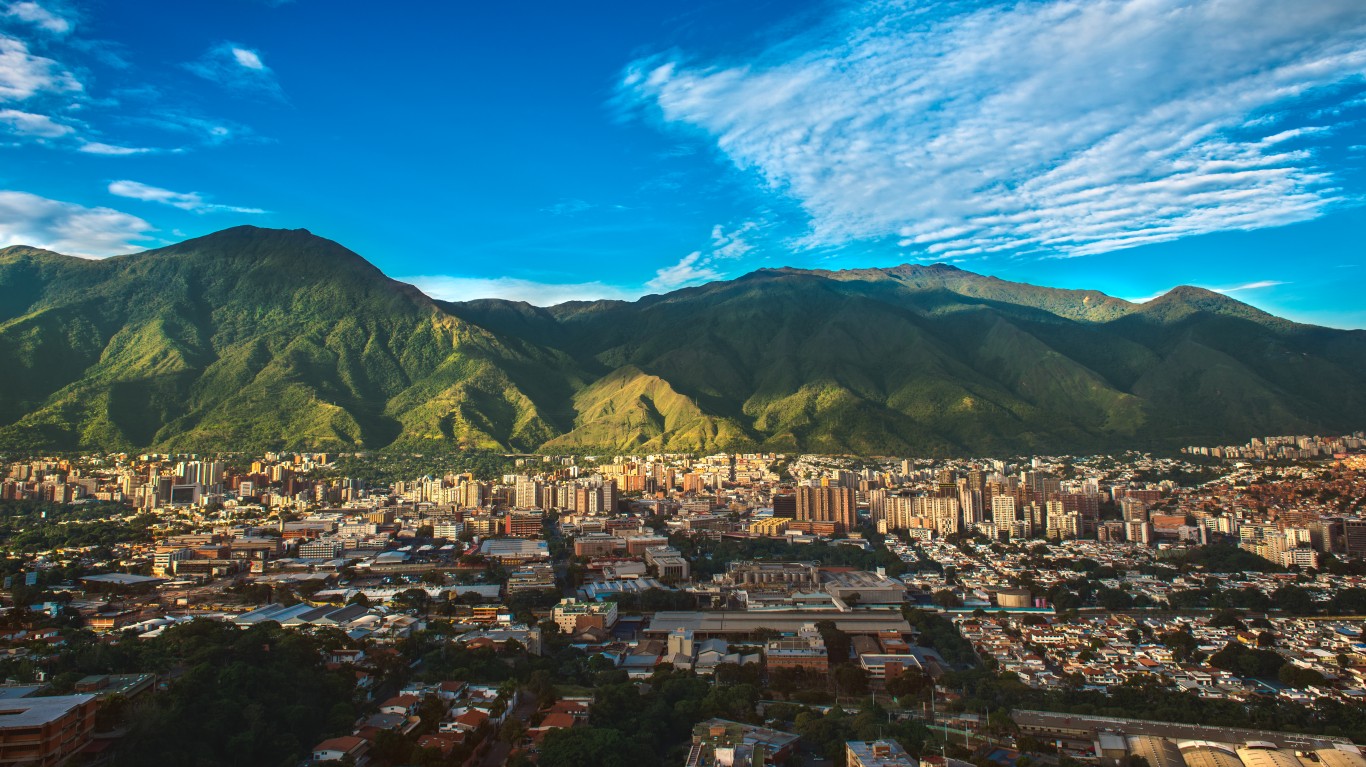
- Gun law enacted: 2012, 2017
- Brought on by: Increasing gun violence and one of the highest homicide rates in the world
- Government response: The government enacted two separate policies under Authoritarian rule to restrict firearm ownership
The Violence Continues
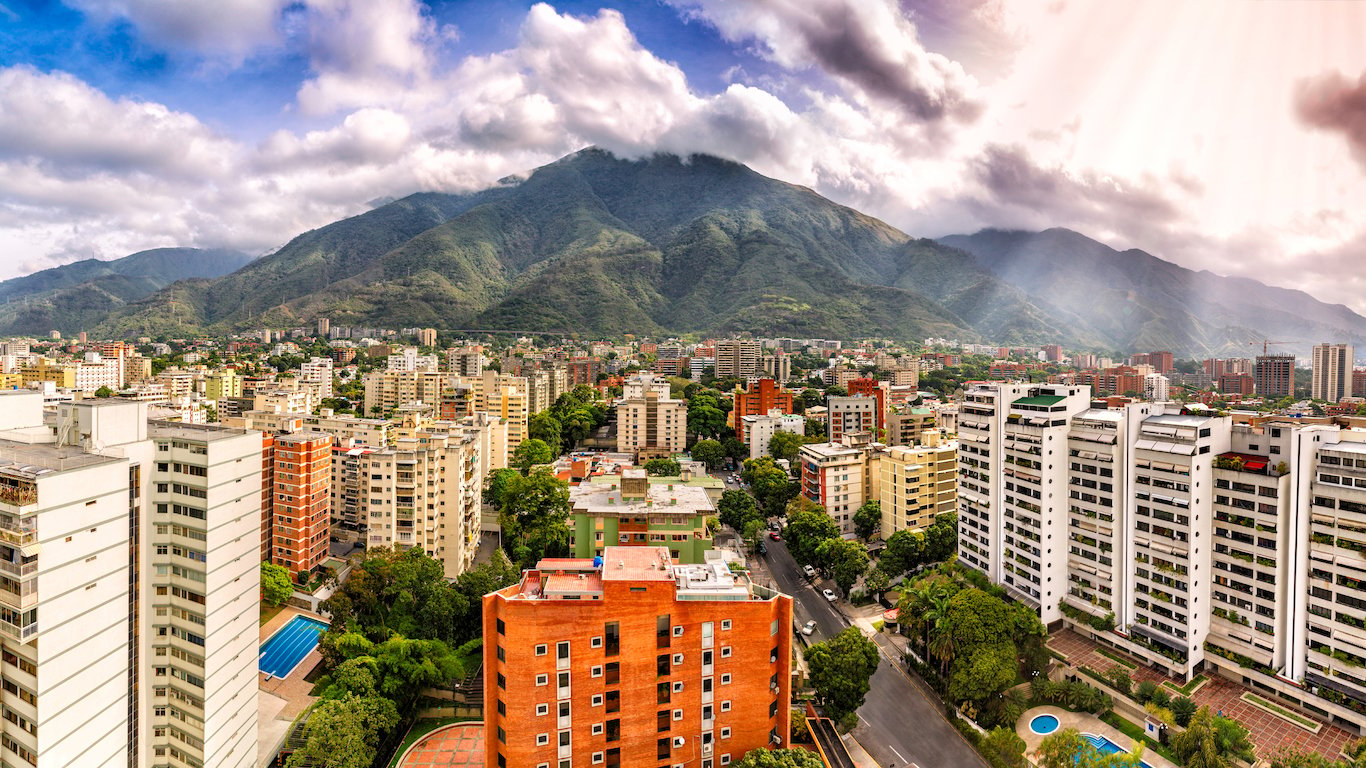
In 2012, Venezuela’s Authoritarian ruler, Nicolas Maduro, enacted the Control of Arms, Munitions, and Disarmament Law, which set forth a group of tight and restricted gun policies. While the move was seen as more political in an effort for Maduro to stop an uprising and stay in power, civilians were prohibited from owning firearms and ammunition, except for security firms or government loyalists. This policy continues to this day and has done little to quell the violence in the country.
5. Yugoslavia
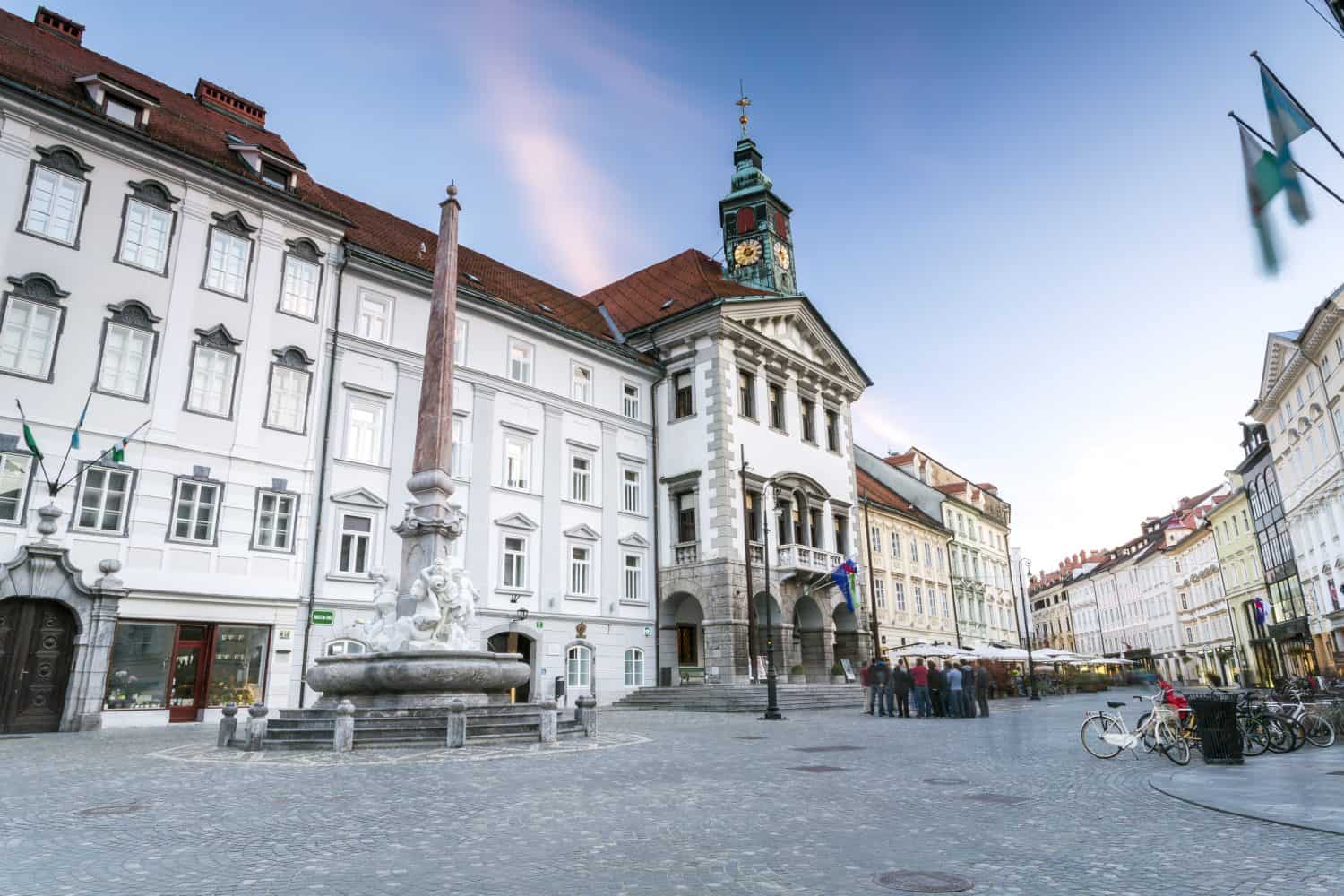
- Gun law enacted: 1945-1991
- Brought on by: The Communist government’s desire to maintain law and order
- Government response: During this period, civilian ownership of firearms was heavily regulated, and guns could only be used by government officials, military, and law enforcement
From Regulated to Unregulated
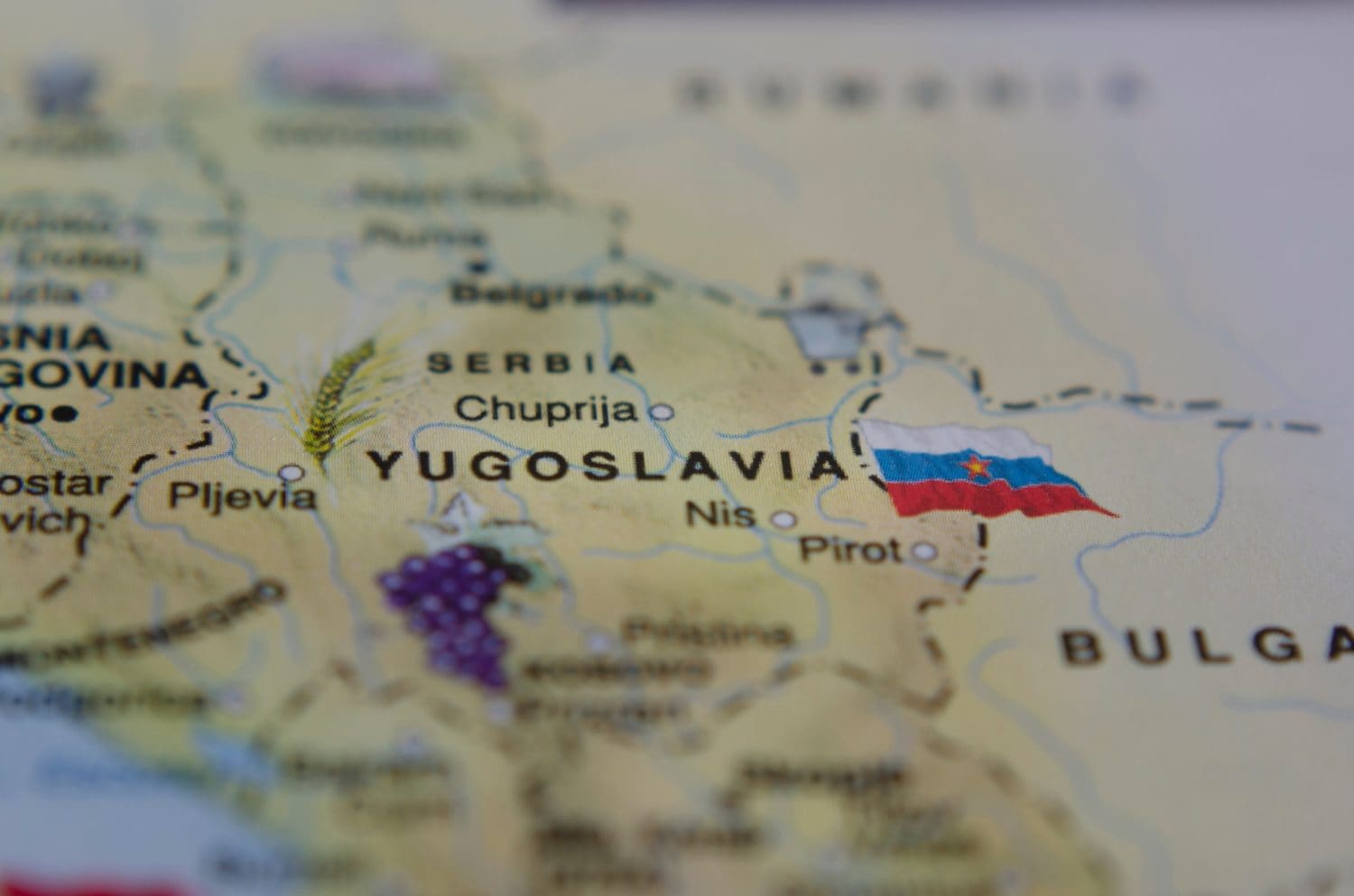
Before Yugoslavia was dissolved as a nation, it was a Communist country, and as a result, access to firearms was heavily restricted. In other words, the government had complete control over weapons access to prevent armed uprisings. After the country dissolved, firearms poured into the country, introducing a whole new set of conflicts, which eventually led to the Bosnian War.
4. Russia
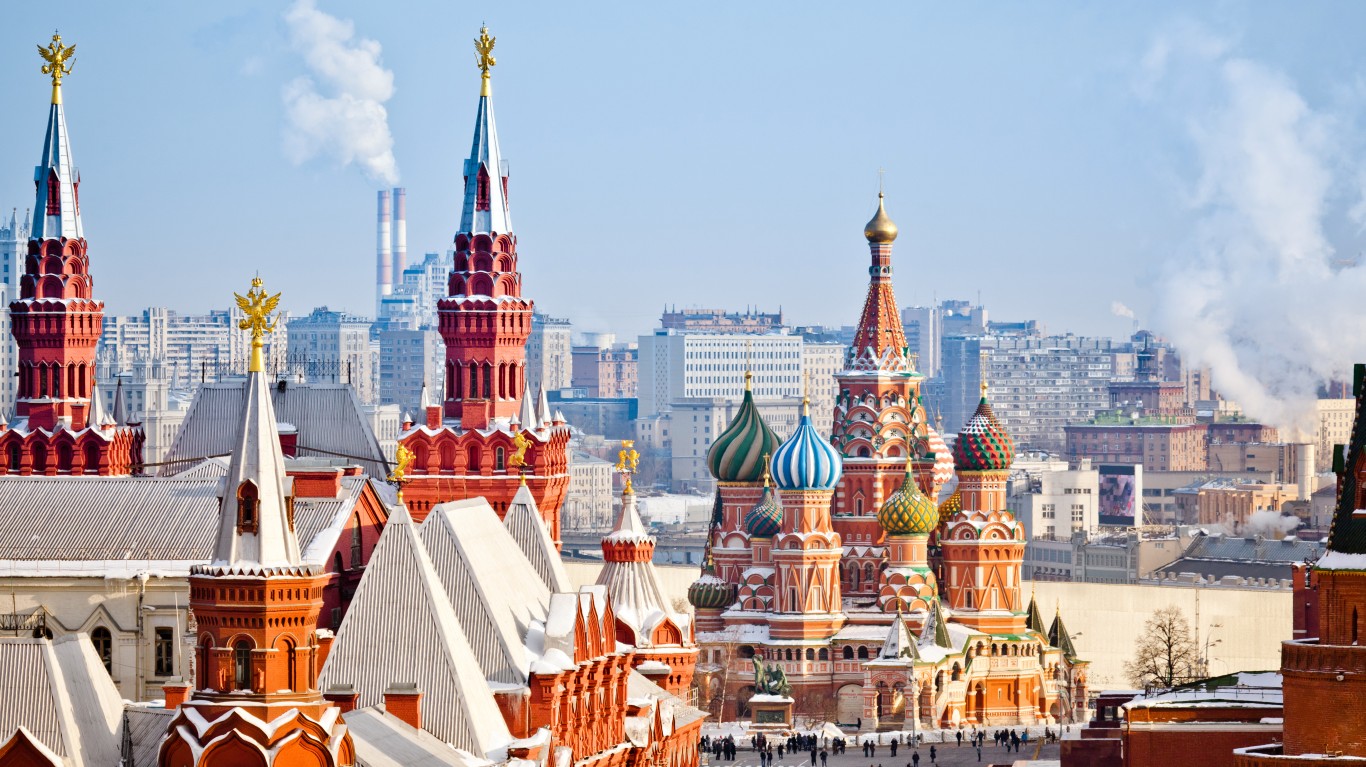
- Gun law enacted: 1917 – 1991
- Brought on by: The Bolsheviks wanted to maintain gun control to prevent an uprising
- Government response: During this period in Russian history, private gun ownership was severely restricted, and citizens could only own firearms for hunting
Very Tight Restrictions
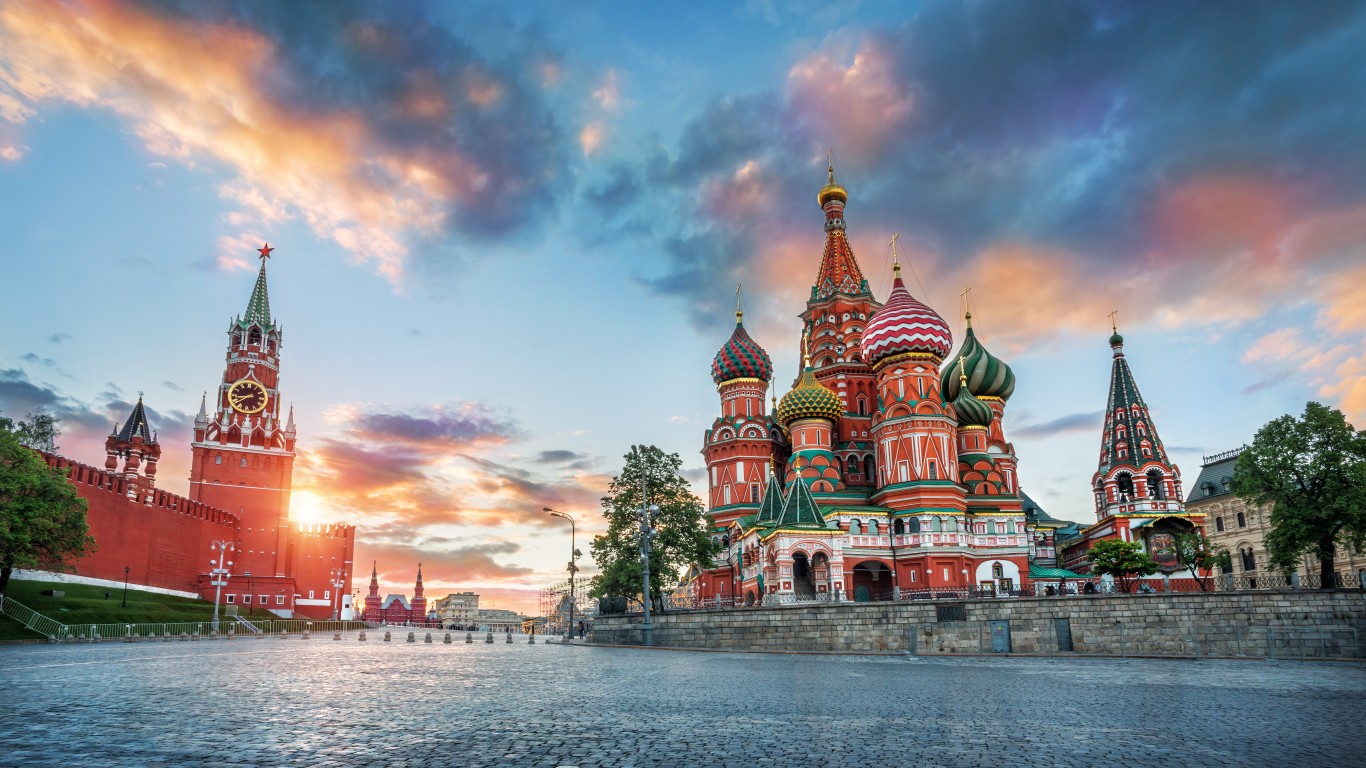
While Russia is far more flexible with firearm laws, Russia between 1917 and 1991 under Communist rule was a very different story. Strict gun laws within the Soviet government were set up to limit the opportunity for armed resistance to form. After the collapse of the Soviet Union in 1991, civilians can now own hunting rifles and small-caliber firearms, which are heavily regulated. Still, unauthorized firearm possession remains a crime punishable by prison or worse.
3. Canada
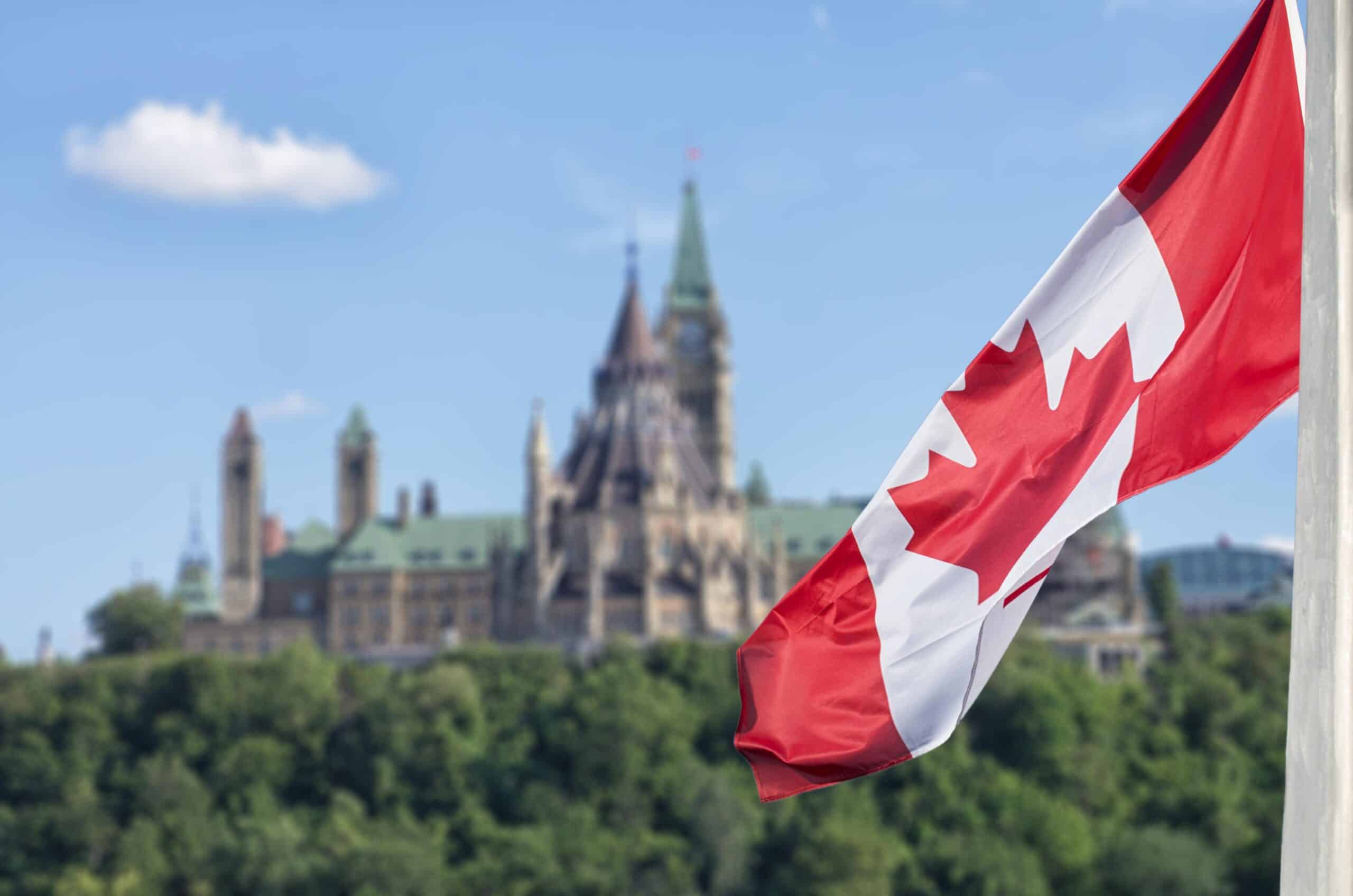
- Gun law enacted: 1995
- Brought on by: Mass shootings beginning in 1989 with the Ecole Polytechnique massacre, which led to the death of 14 women
- Government response: Canada enacted significant gun reform laws in 1995 with the Firearms Act and then additional measures in 2020 and 2022
Impact of Gun Laws on Canada
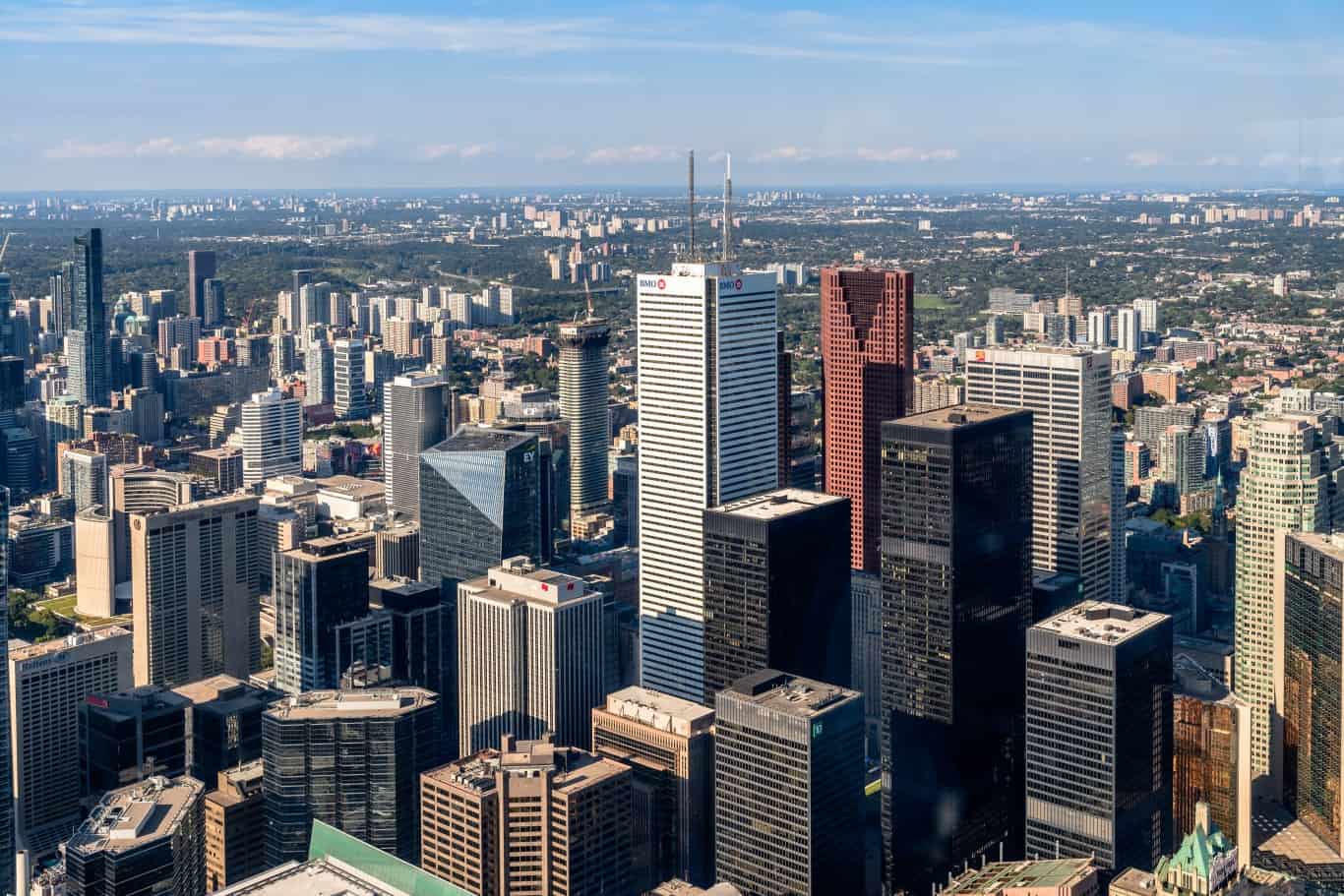
As a result of the Firearms Act and the ban of over 1,500 assault-style firearms by Prime Minister Justin Trudeau in 2020, firearm-related deaths in Canada are far lower than that of its neighbors to the south. Polls continue to show that most Canadians are in favor of strict gun control measures, so there continues to be a government mandate to maintain the current status quo around firearm measures.
2. United Kingdom
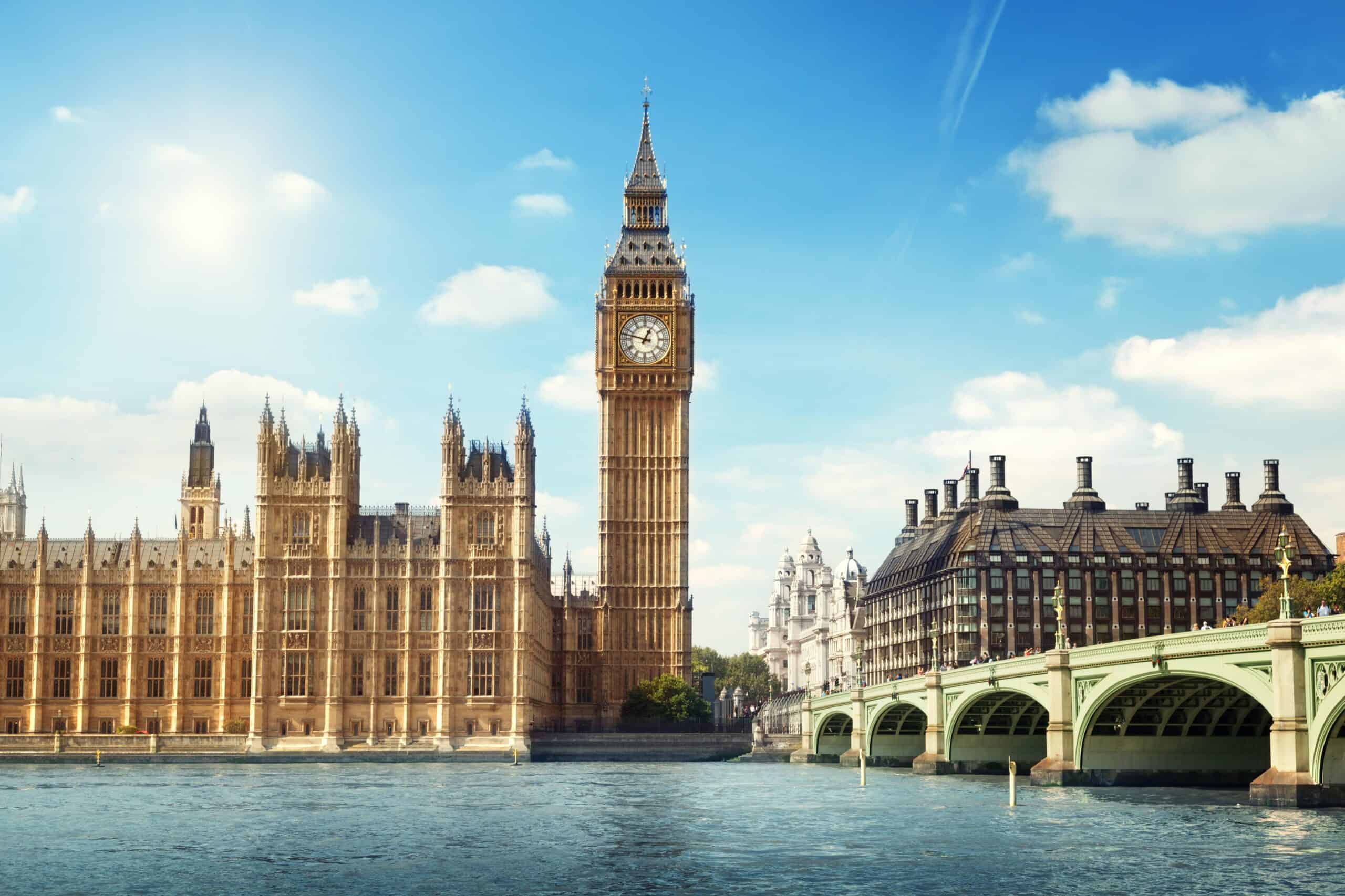
- Gun law enacted: 1997
- Brought on by: Dunblane school massacre in 1996 when 16 children and teachers were killed with legally-owned handguns
- Government response: Public outcry led to the Firearms Amendment Act in 1997, which banned most private handgun ownership
Post 1997 Changes
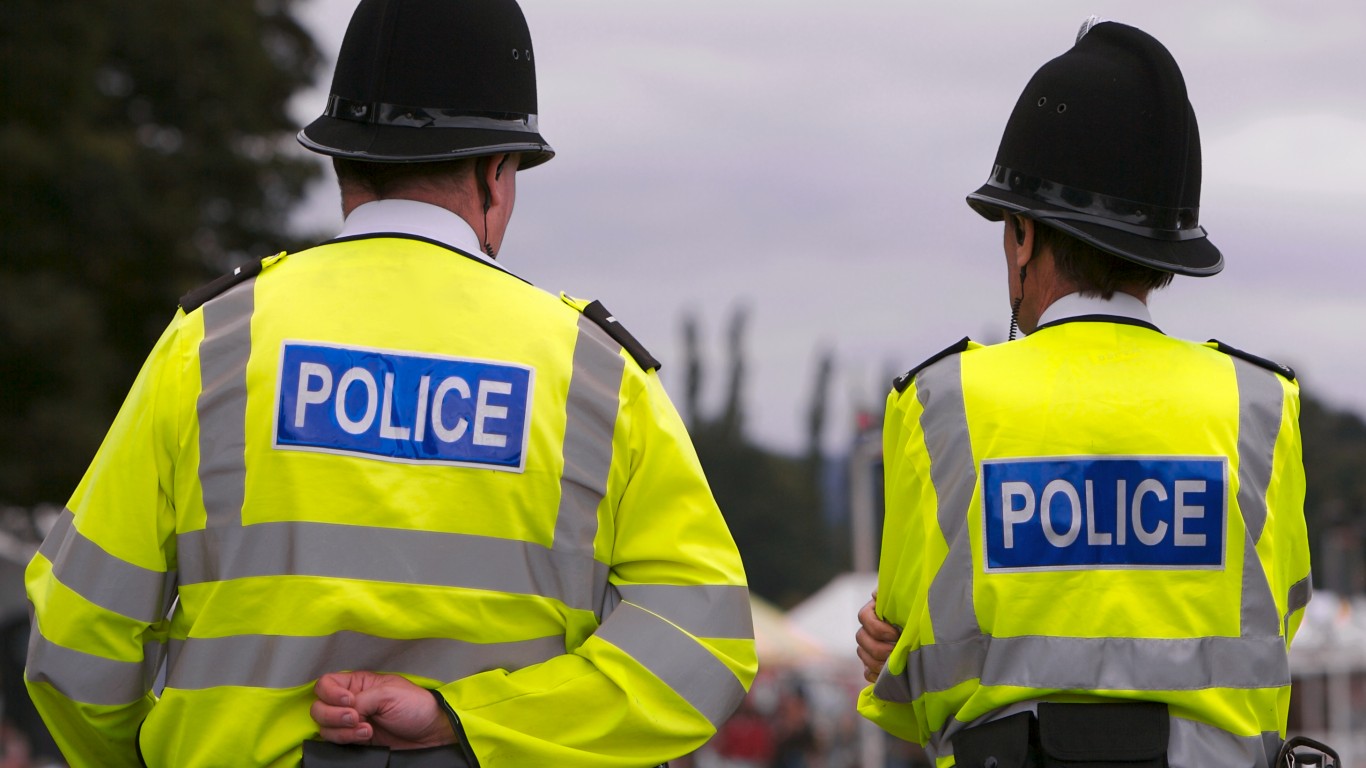
In the aftermath of the school shooting, Prime Minister John Major banned all handguns in mainland Britain and enacted strict background checks, safe storage requirements, and mental health evaluations. Within a decade, gun homicide rates were among the lowest in the world. In addition, over 162,000 firearms were surrendered with a buyback program. However, knife-related crimes increased in Britain, which was an indicator of the change in criminal behavior in the country.
1. Australia
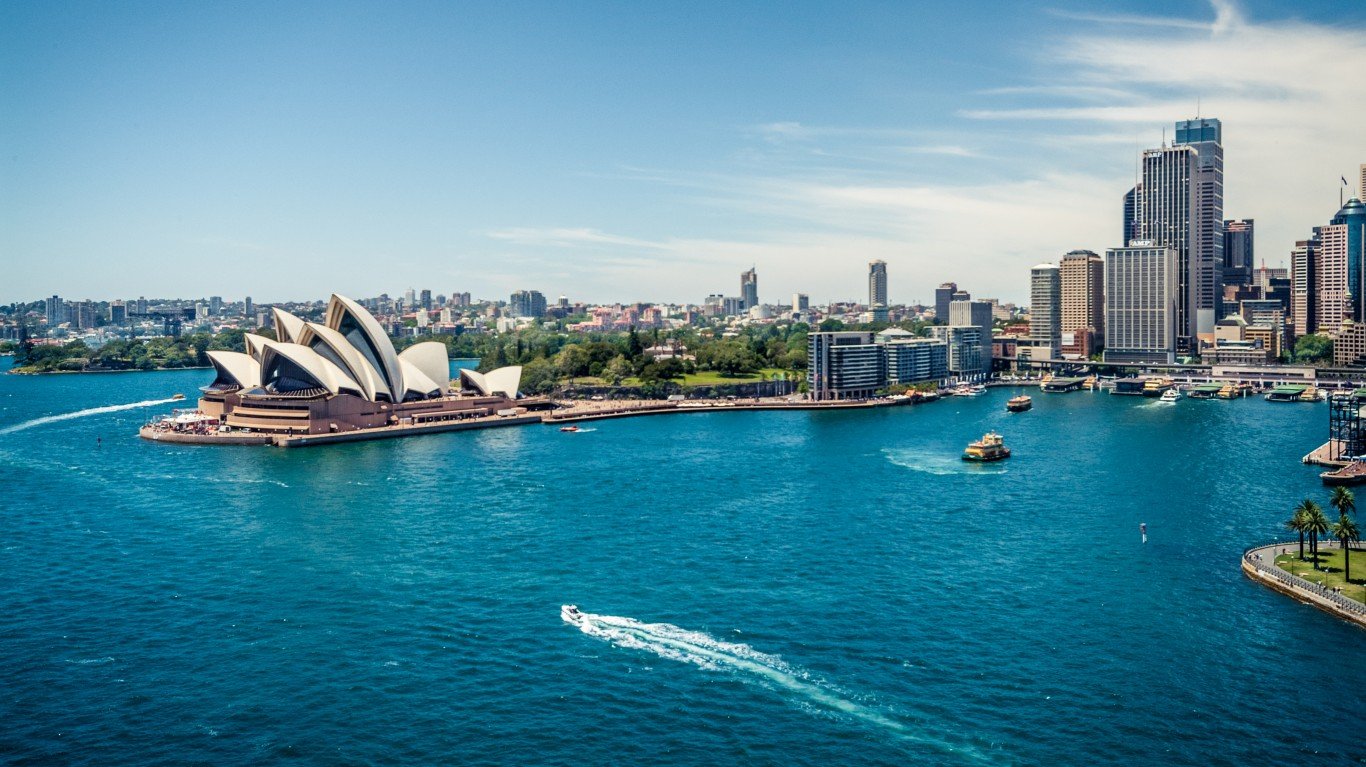
- Gun law enacted: 1996
- Brought on by: Port Arthur Massacre, where 35 people were killed
- Government response: Introduction of the National Firearms Agreement, strict gun control measures, and a ban on semi-automatic rifles and shotguns
Post-Gun Ban Outcome
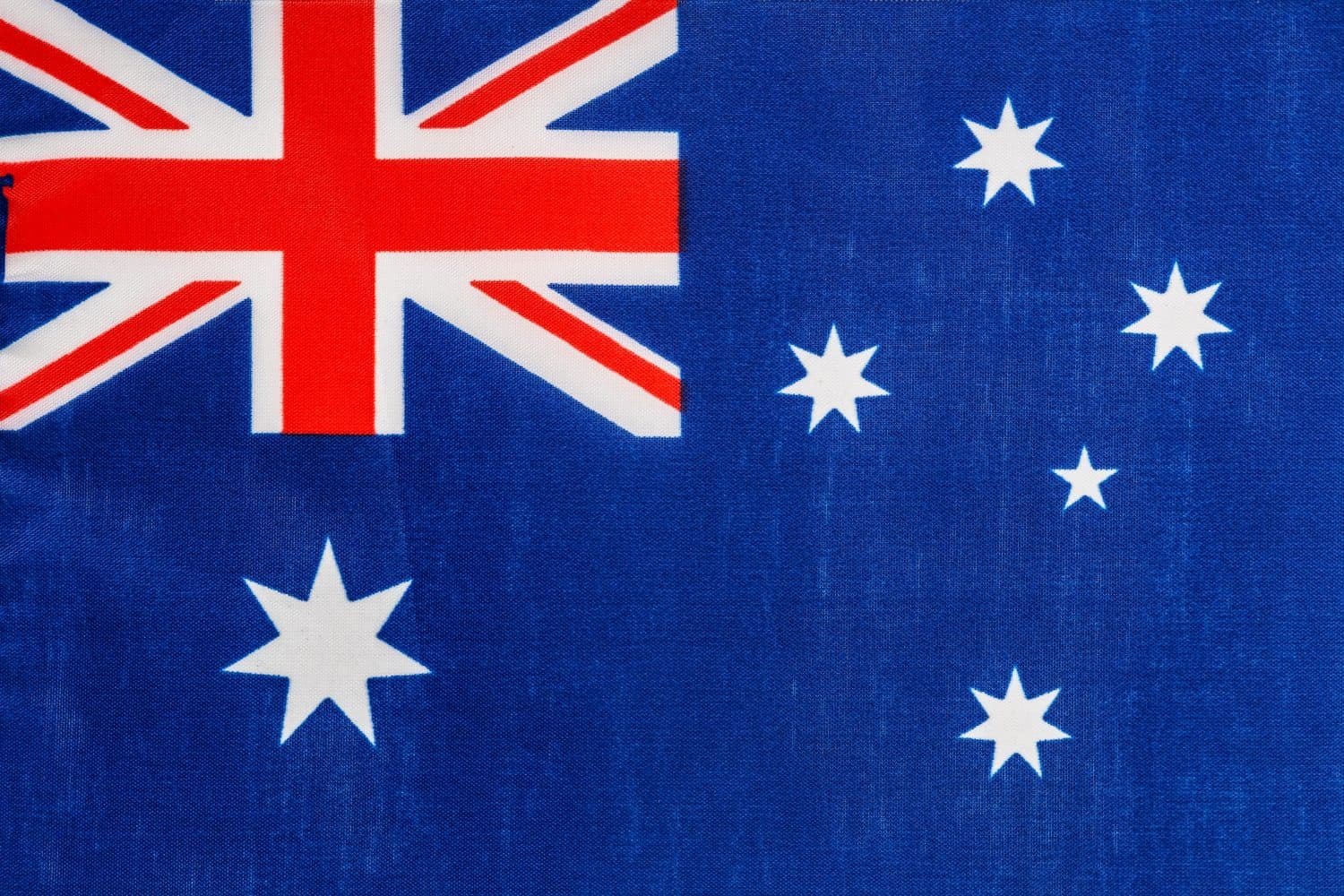
After Prime Minister John Howard introduced the NFA, Australia also initiated a gun buyback program, which destroyed 650,000 firearms. As a result, gun violence in Australia has seen a 59% reduction in firearm-related homicides and a 65% drop in suicides. More importantly, there hasn’t been a single mass shooting of five or more people in the country since the NFA was enacted in 1996.
The post Countries That Took Their Citizens’ Guns — and What Happened Next appeared first on 24/7 Wall St..




